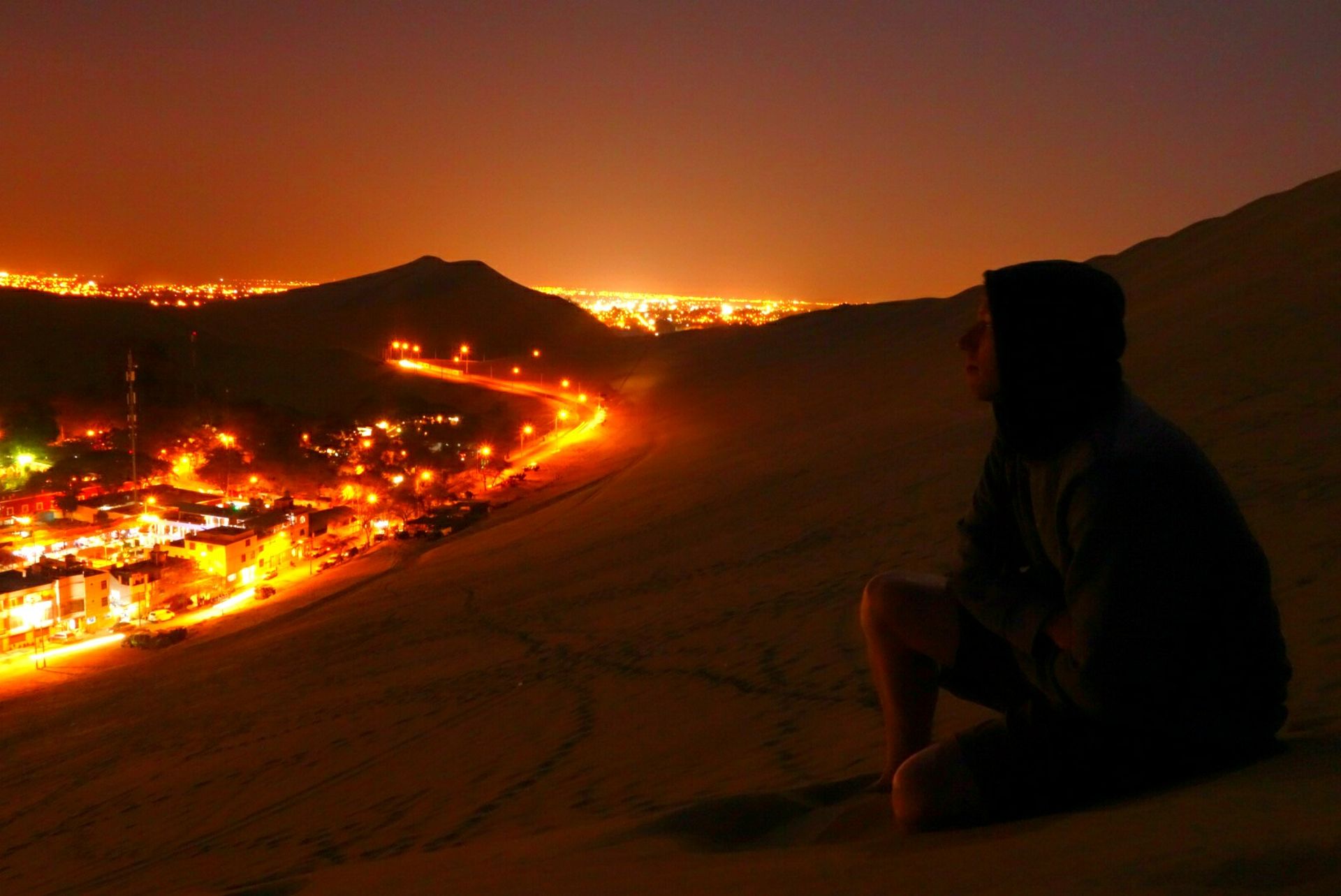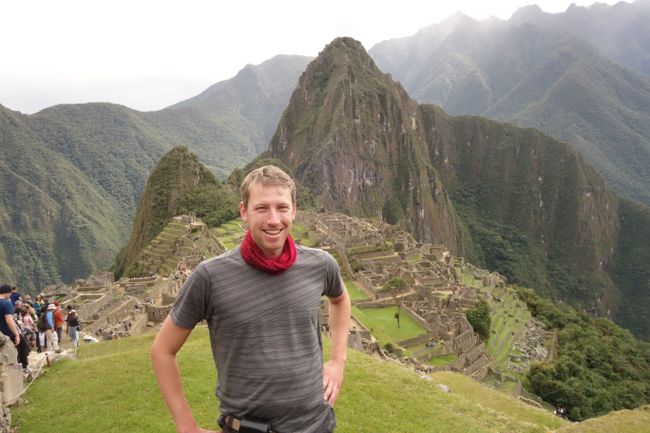Bolivia - Sorata (Yungas) and the Huayna Potosí
प्रकाशित: 28.07.2018
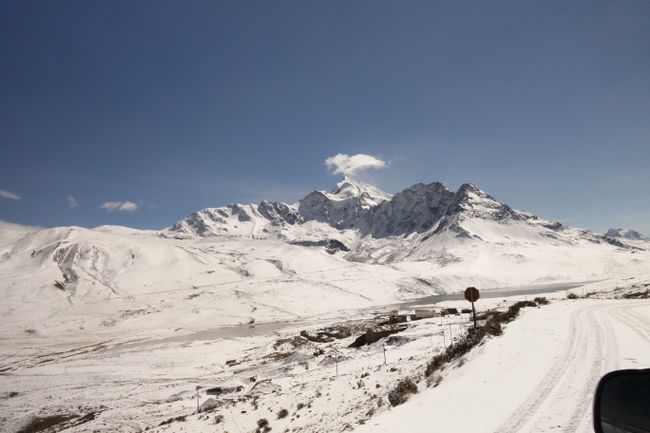
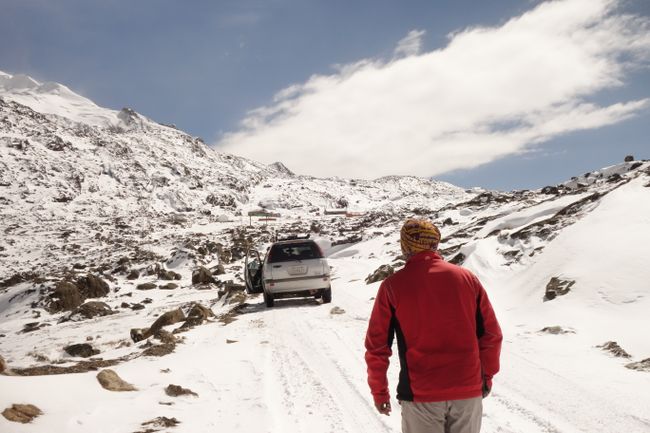
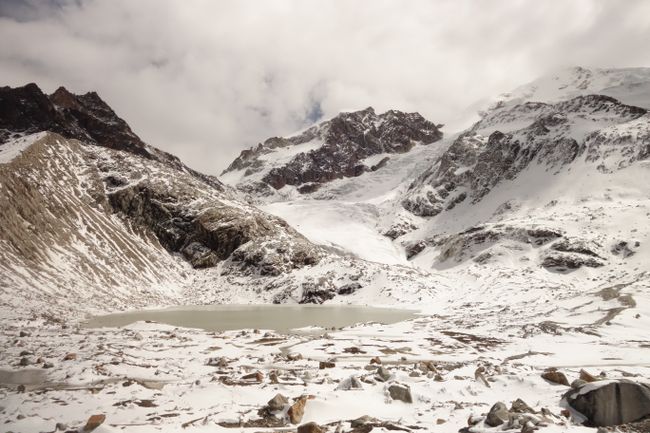
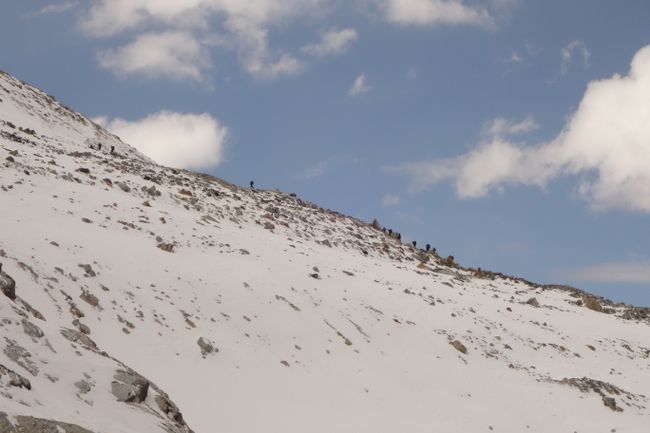
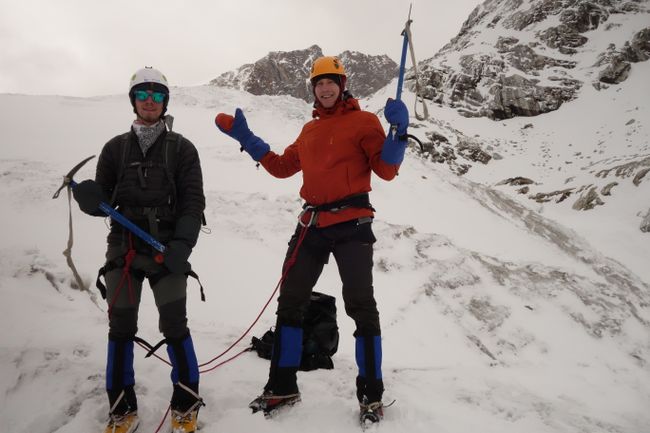
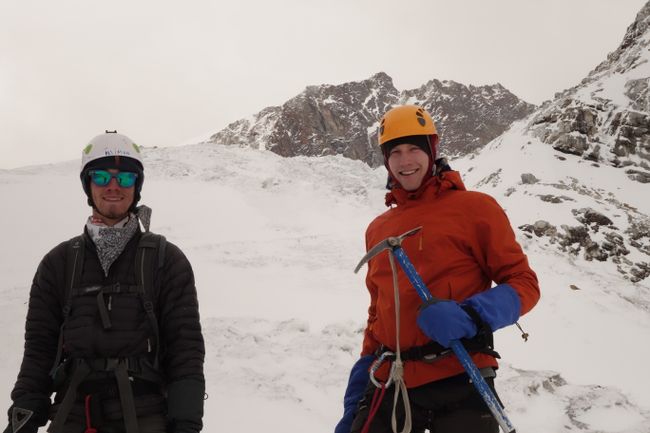
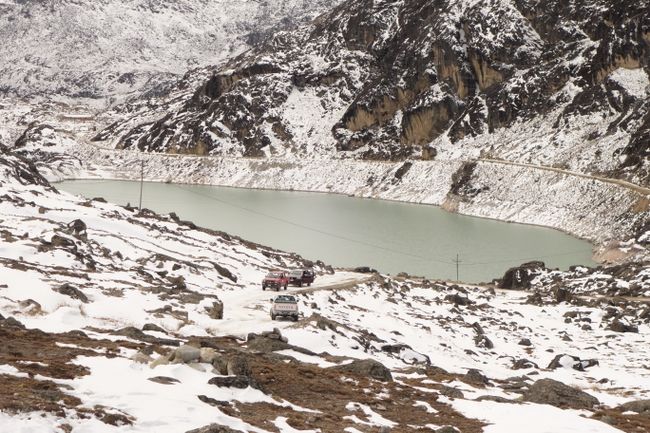
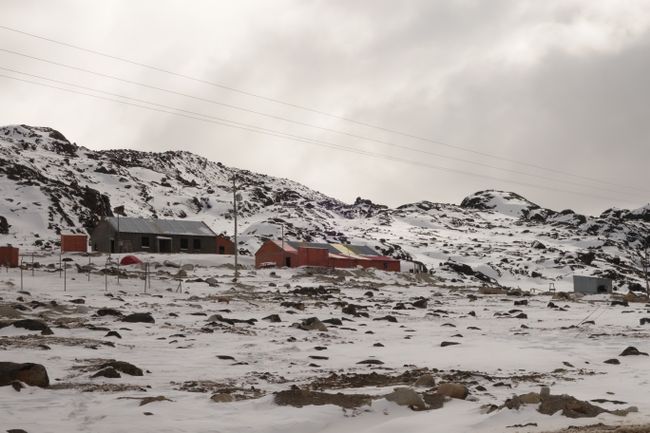
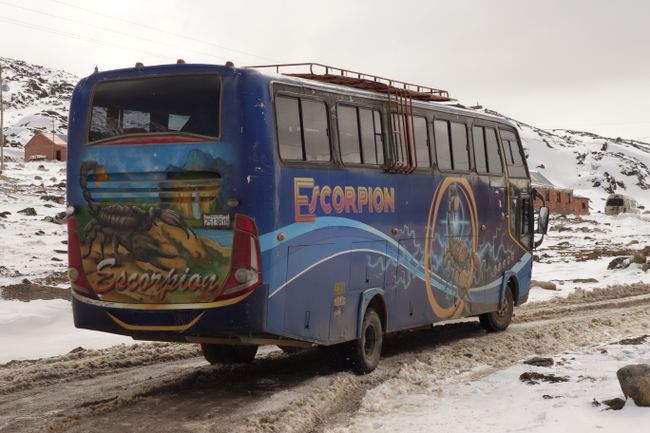
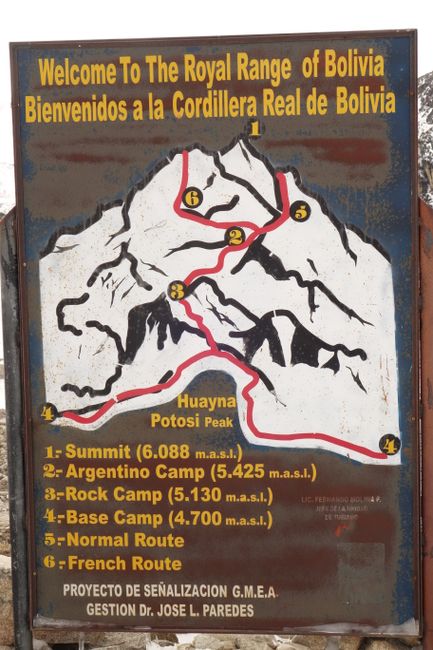
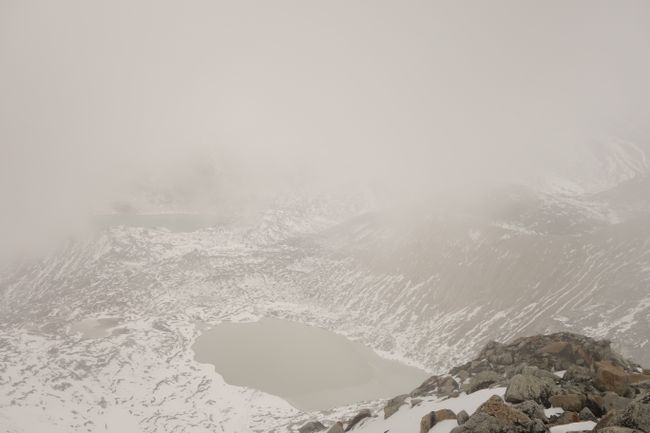
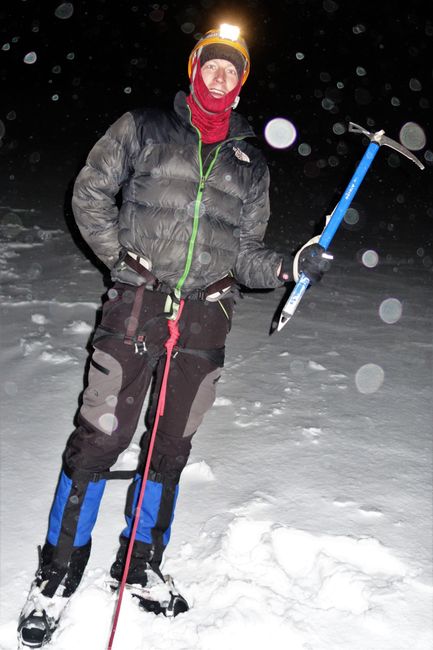
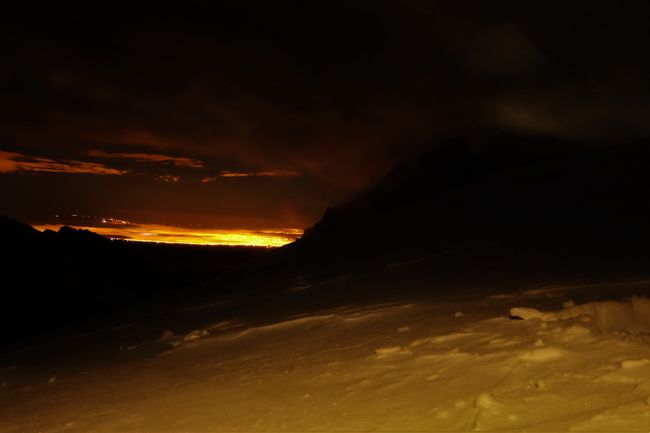
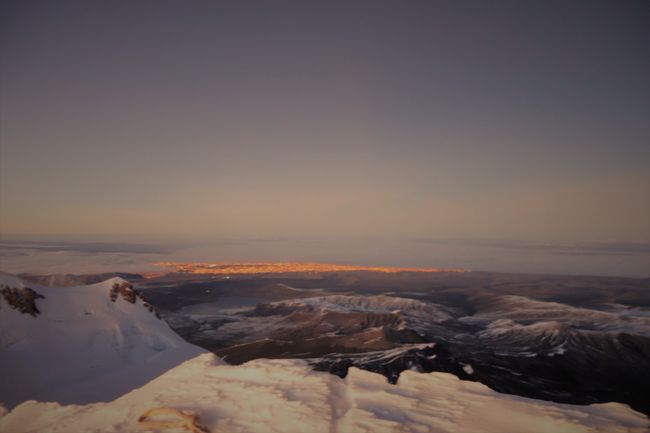
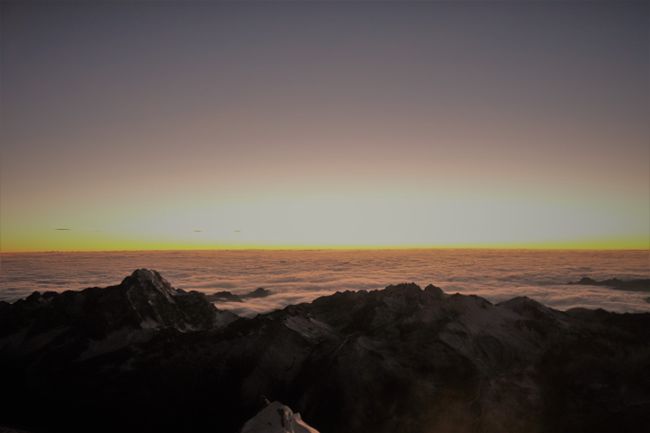
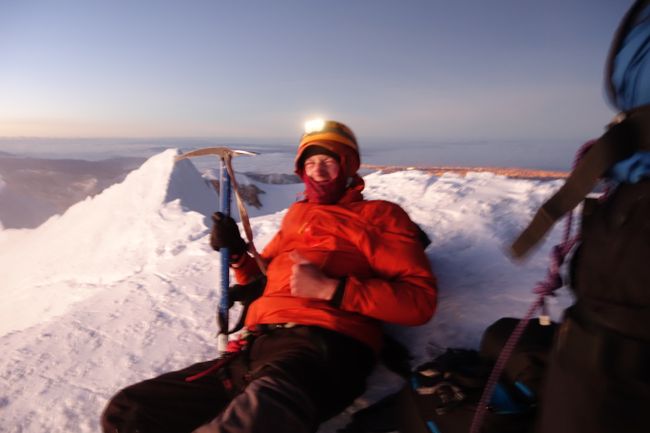
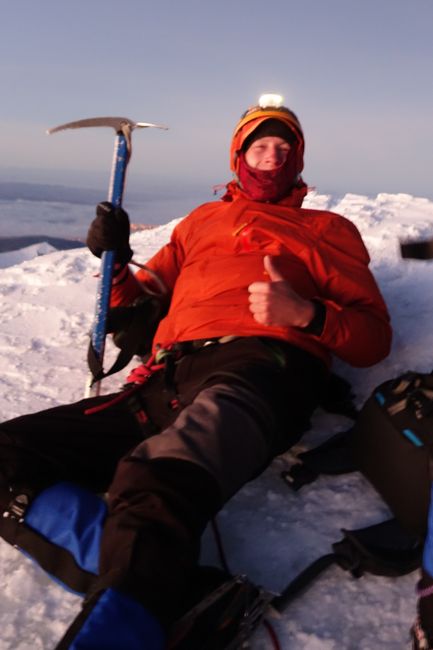
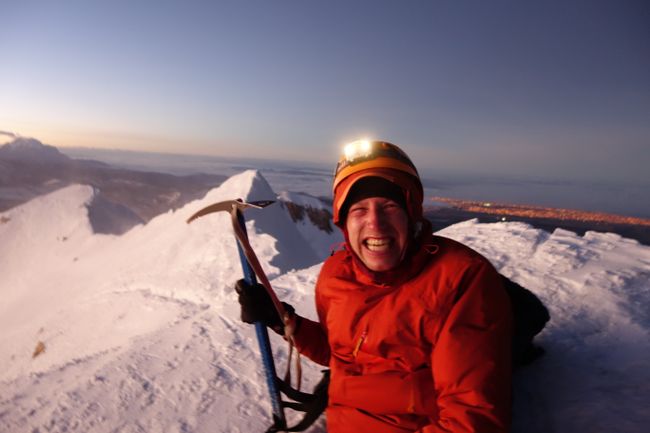
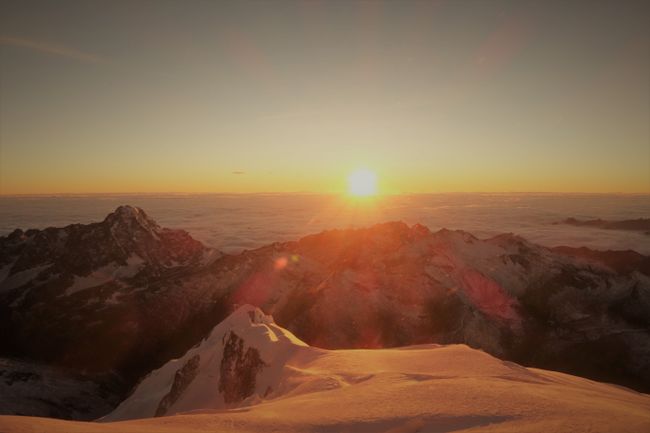
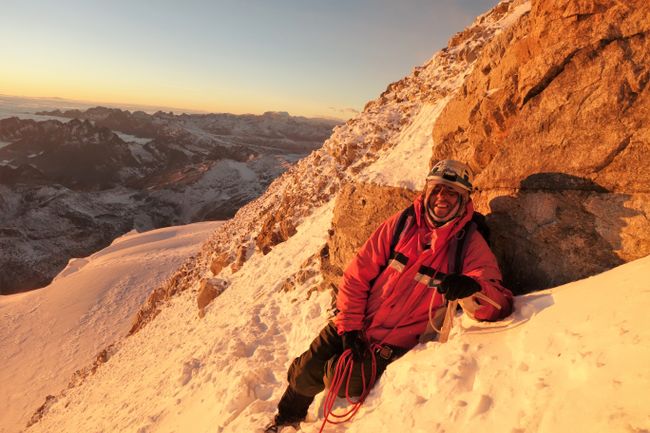
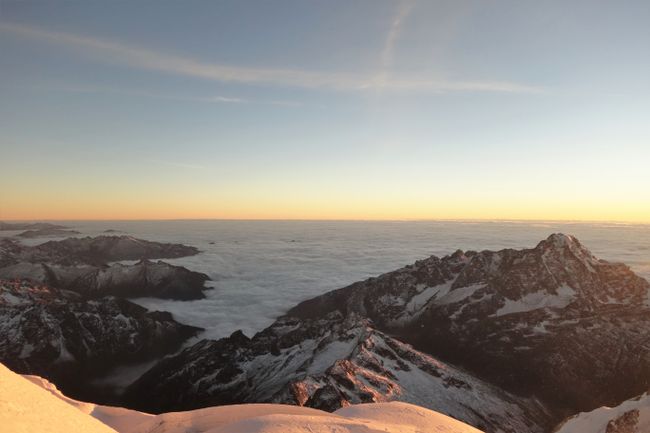

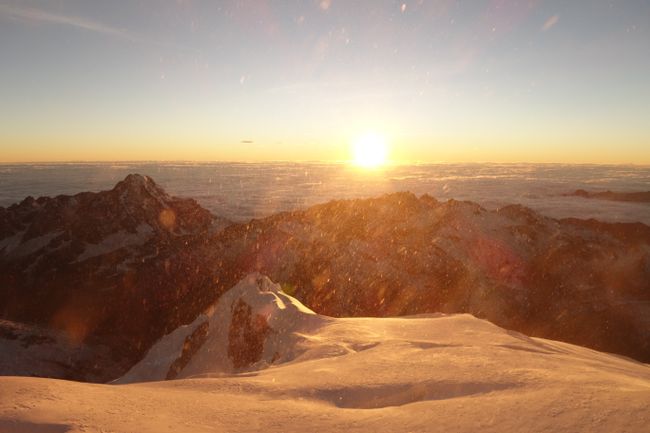
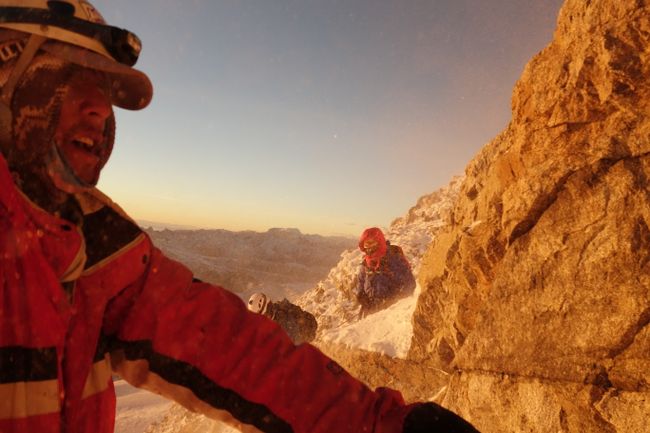
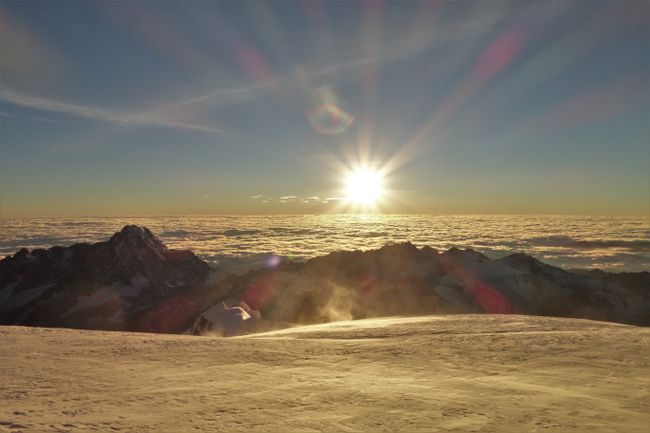
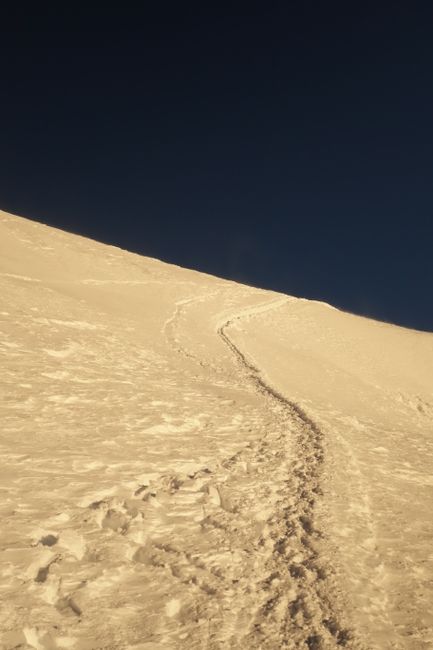
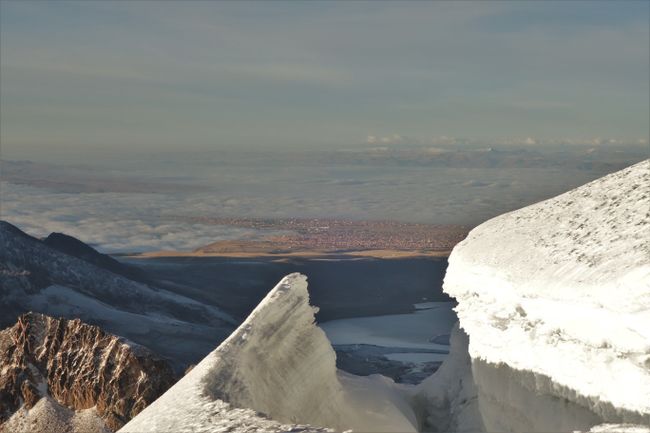
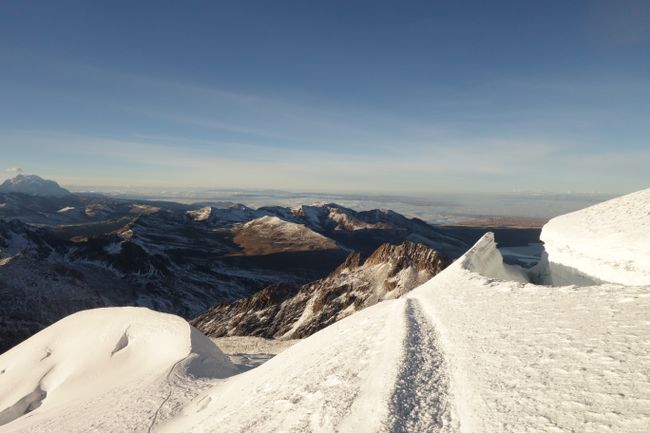
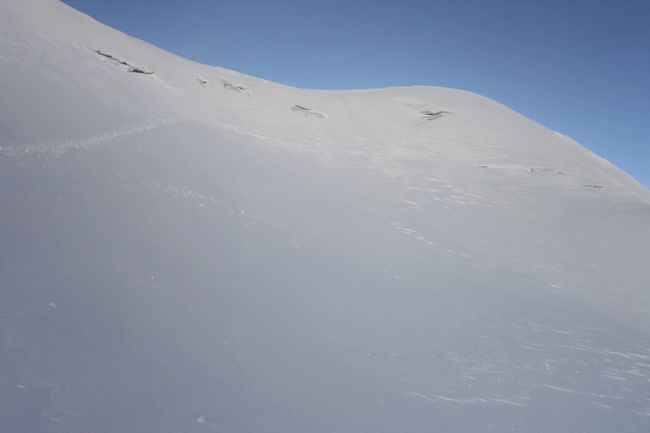
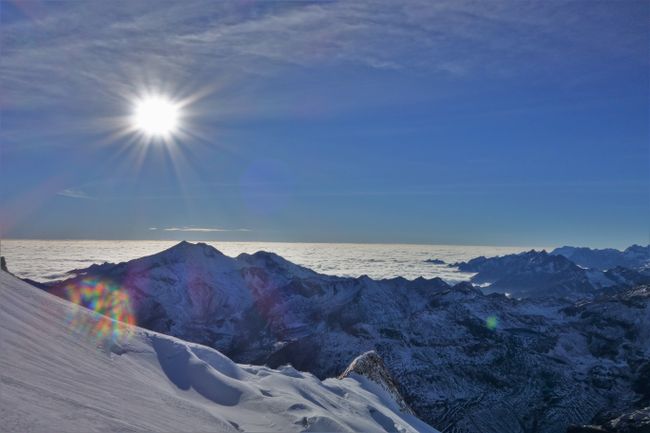

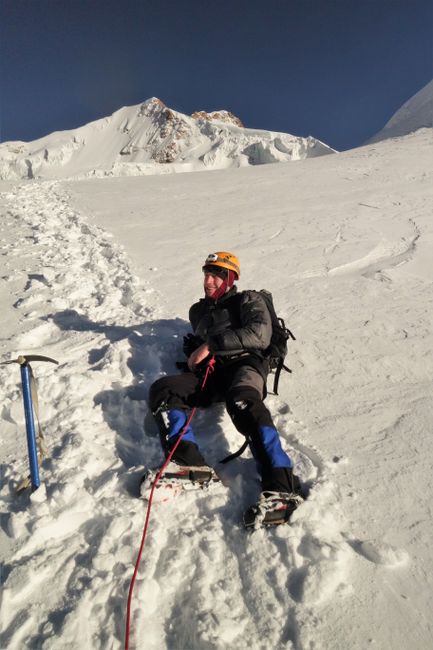
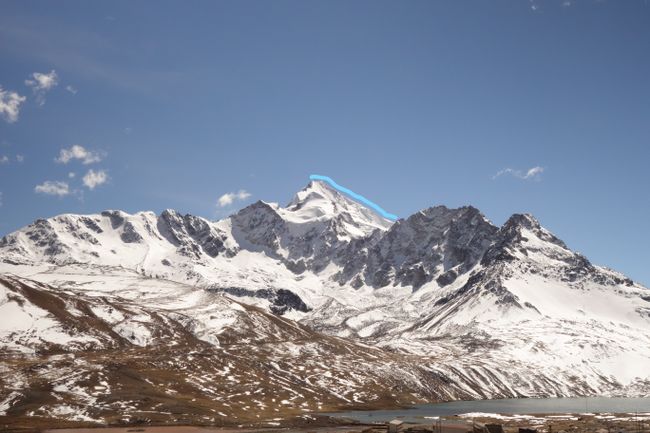
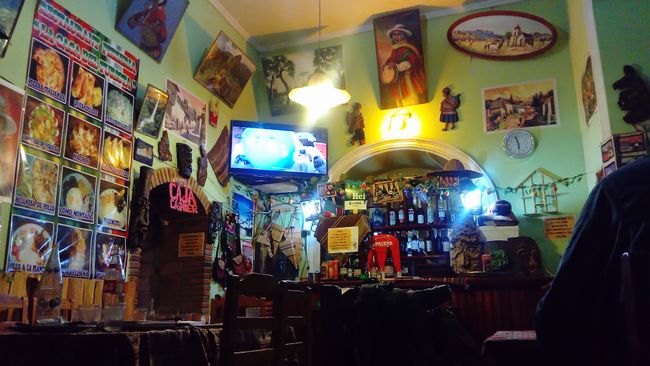
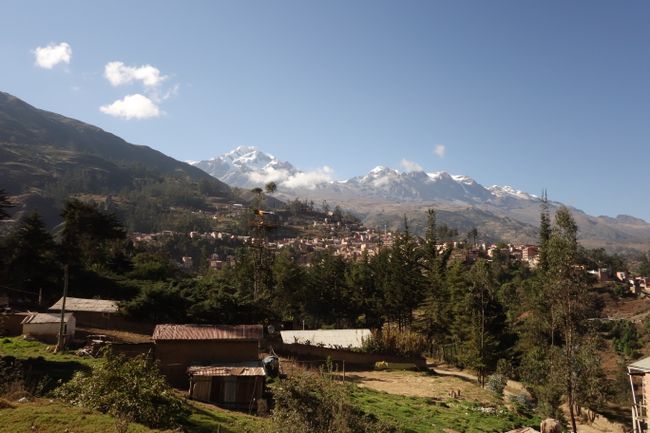
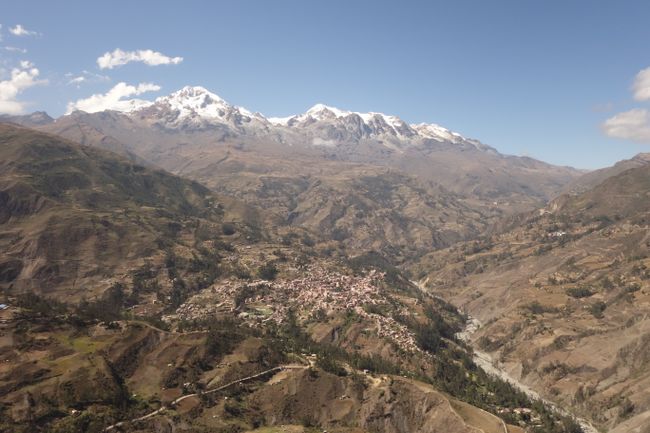
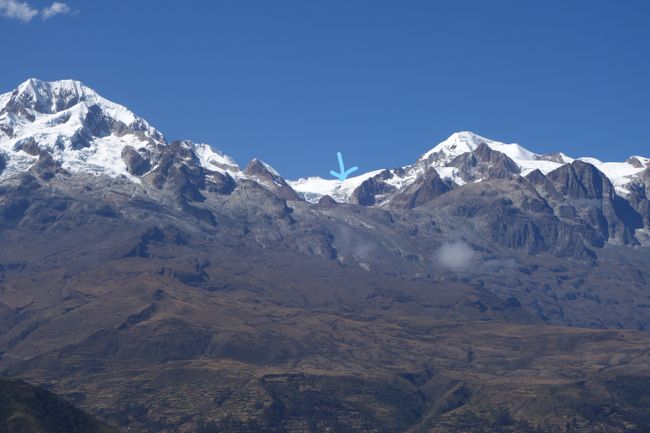
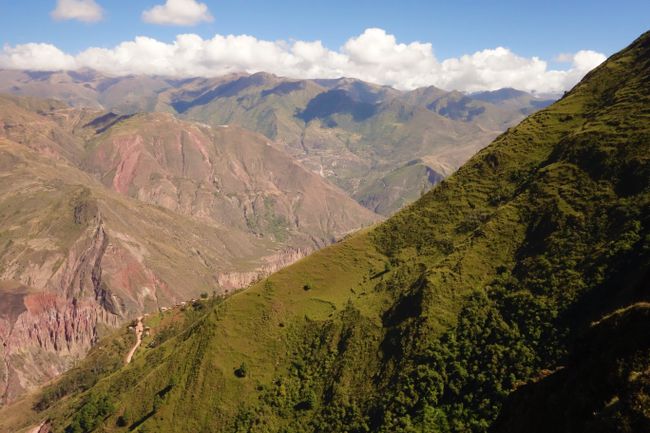
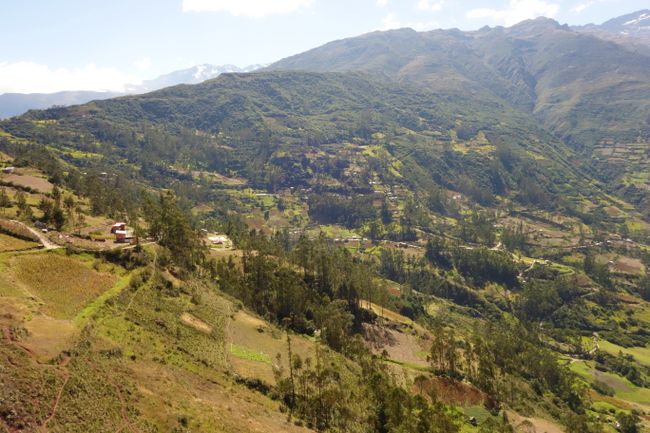



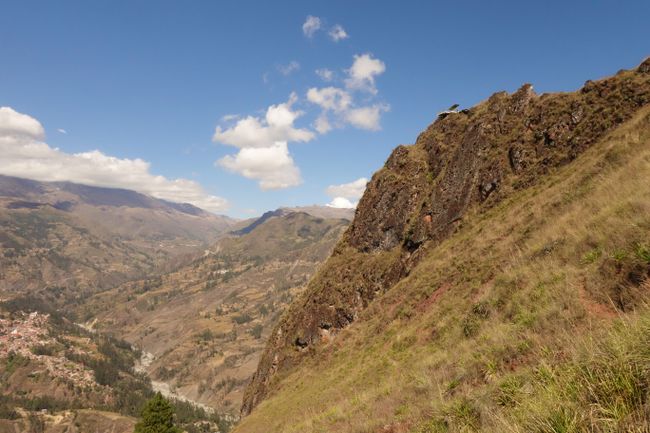
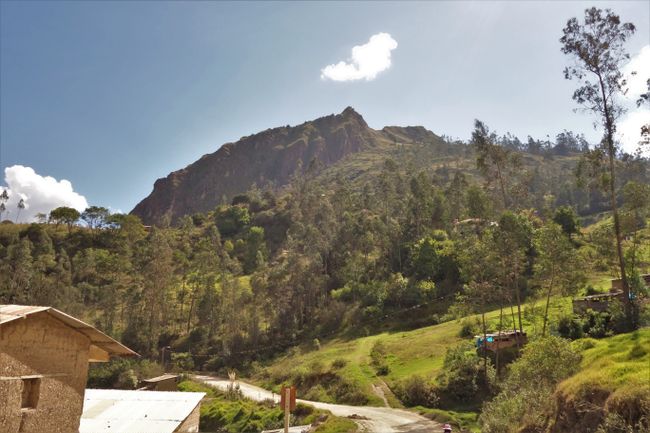
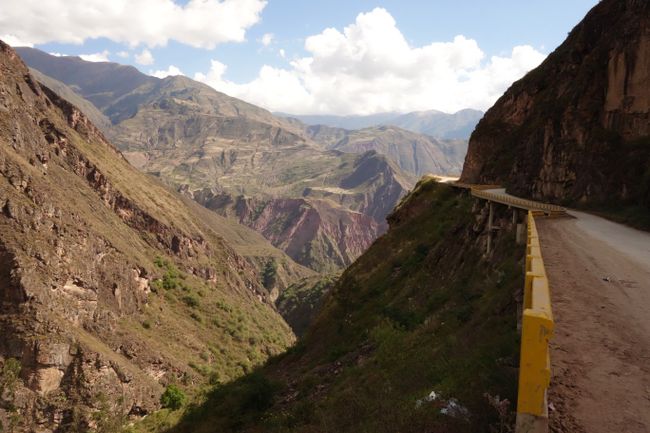
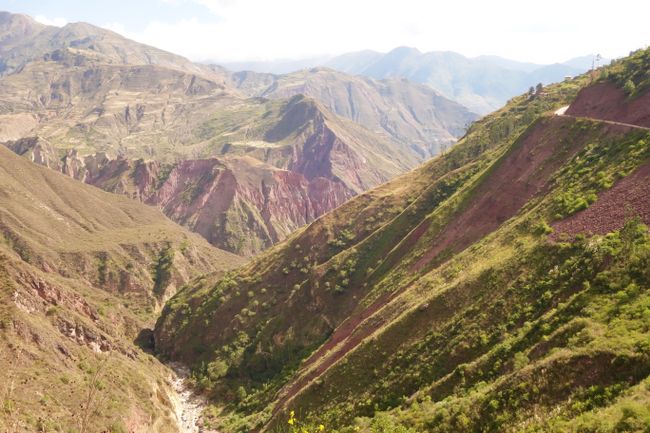
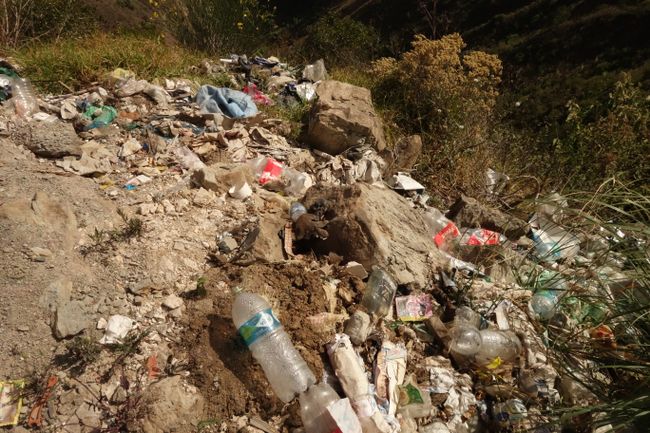
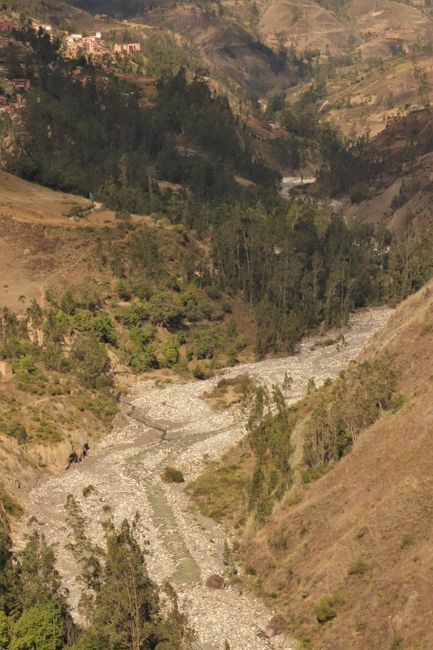
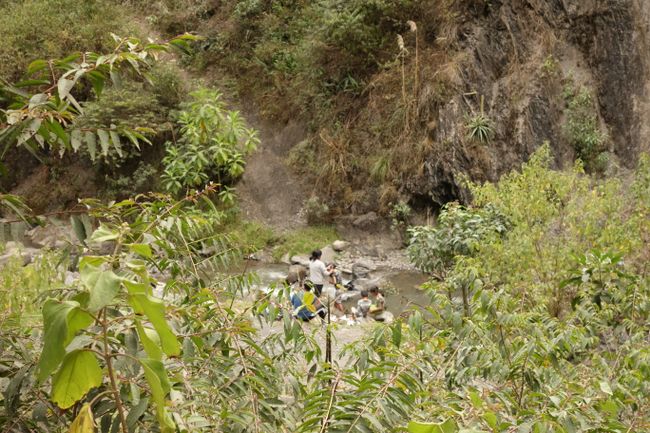
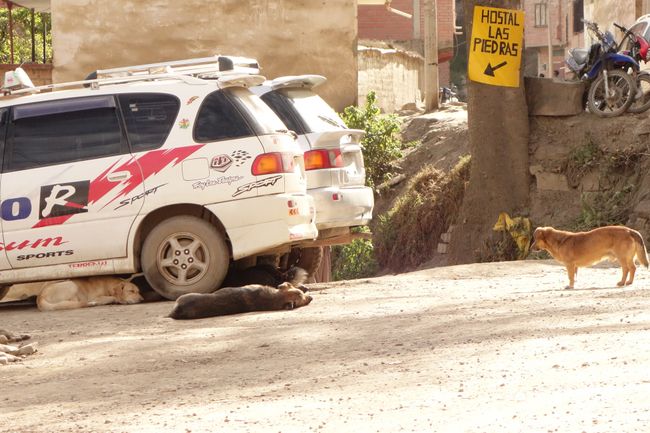
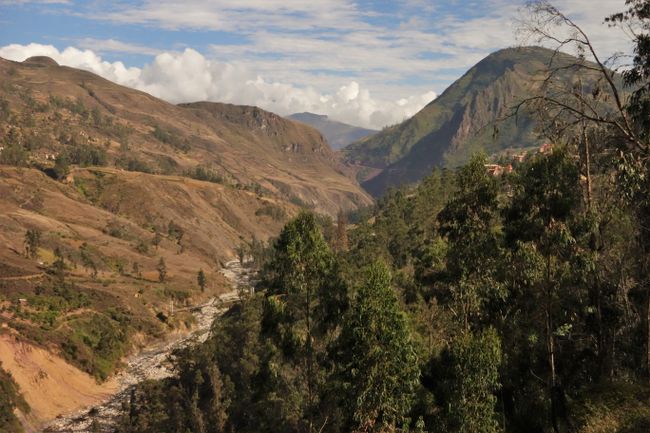
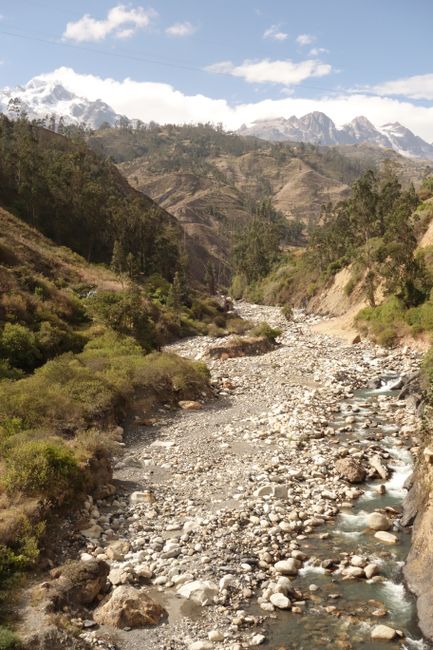
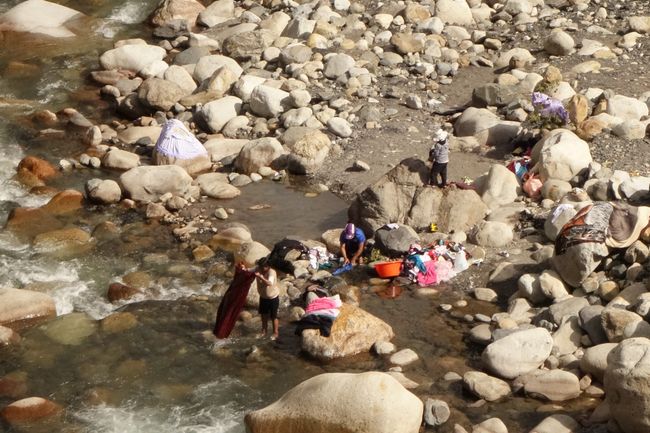
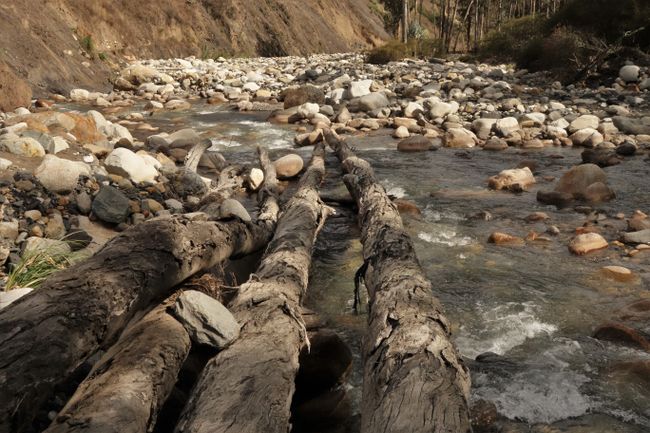
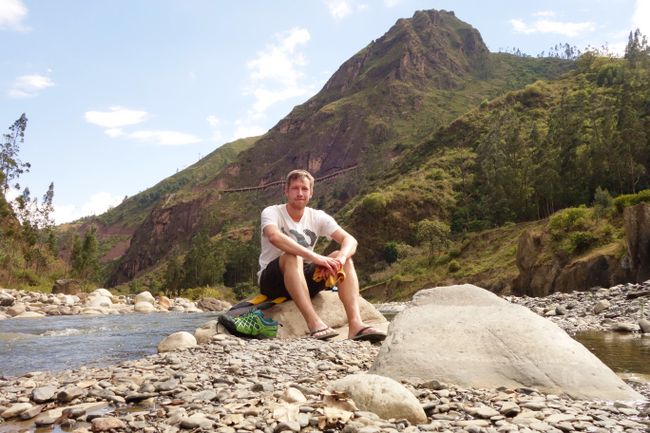
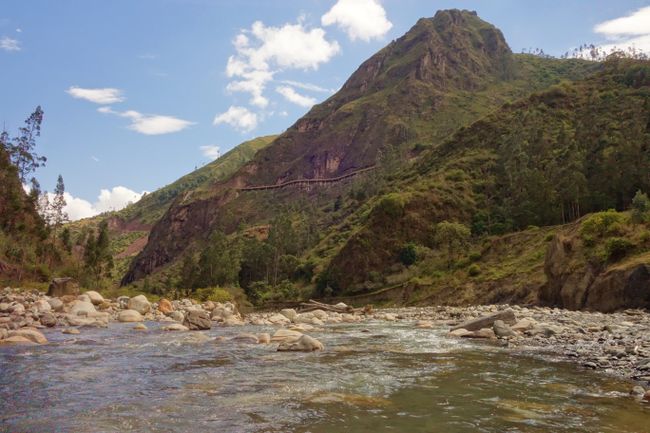
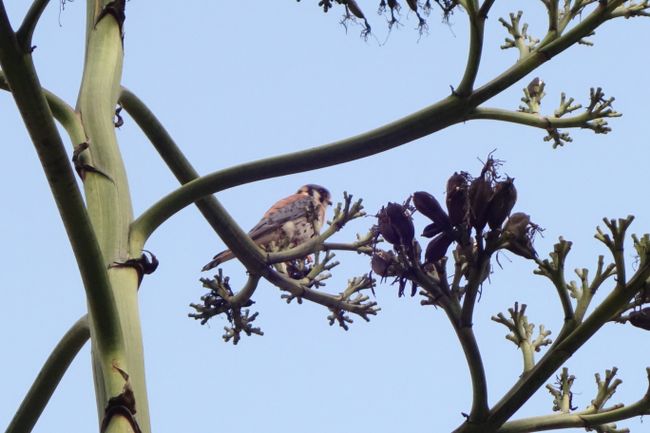
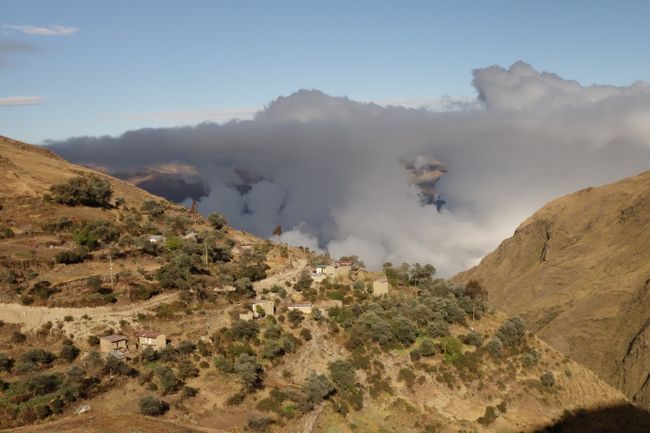
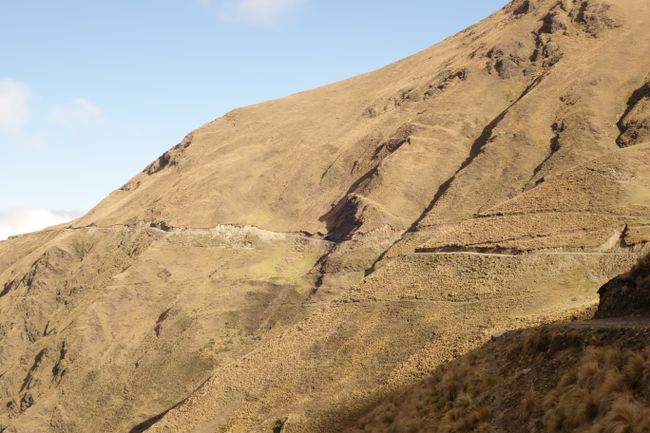
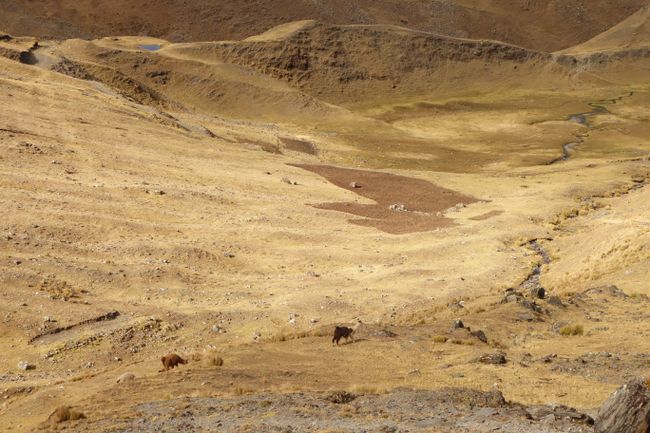
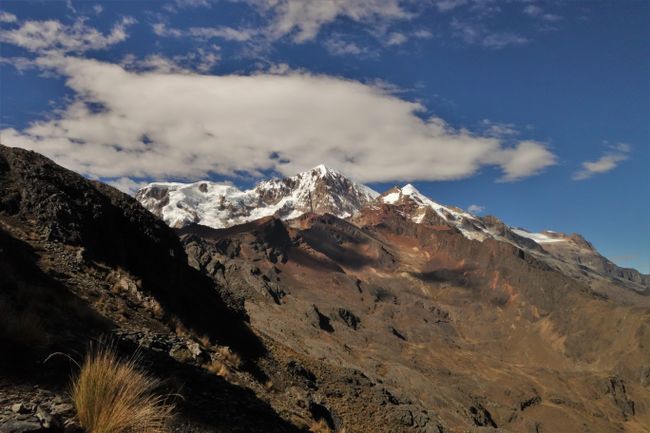
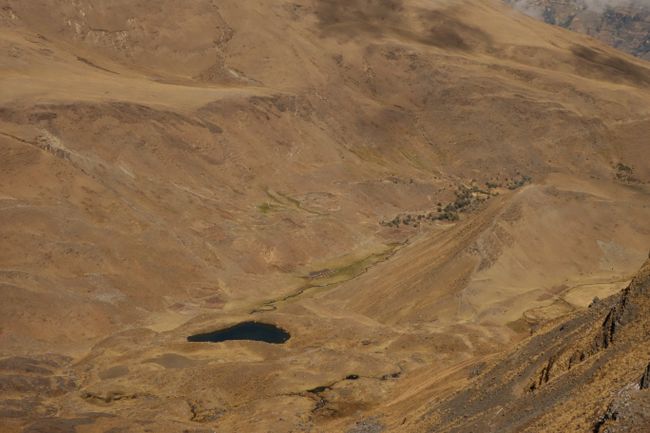
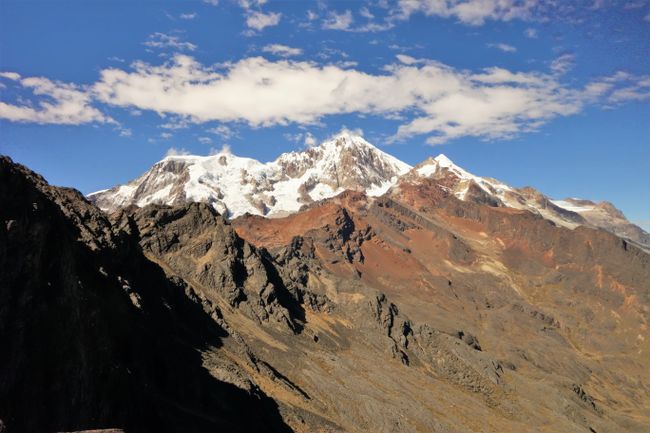
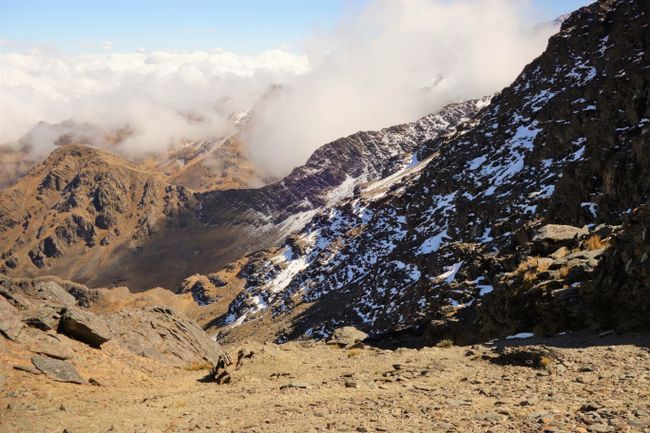

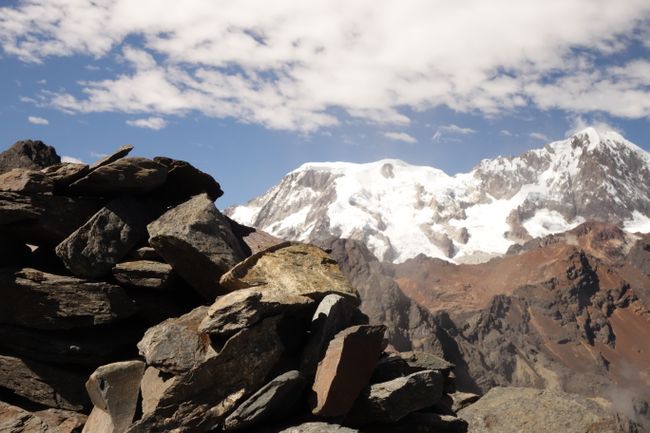
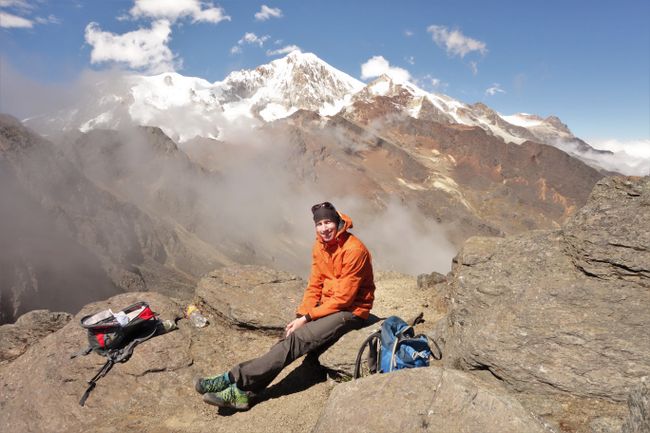
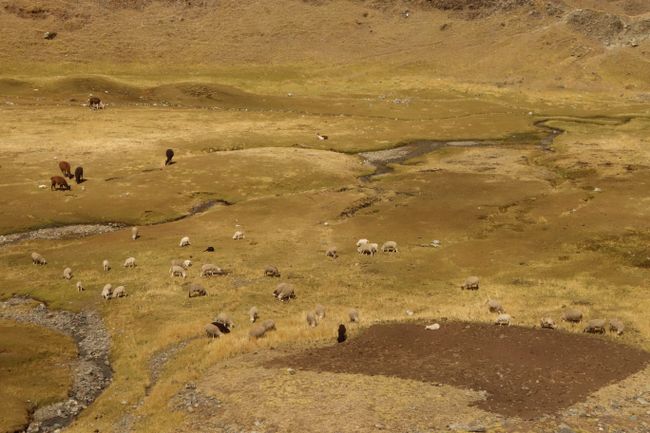
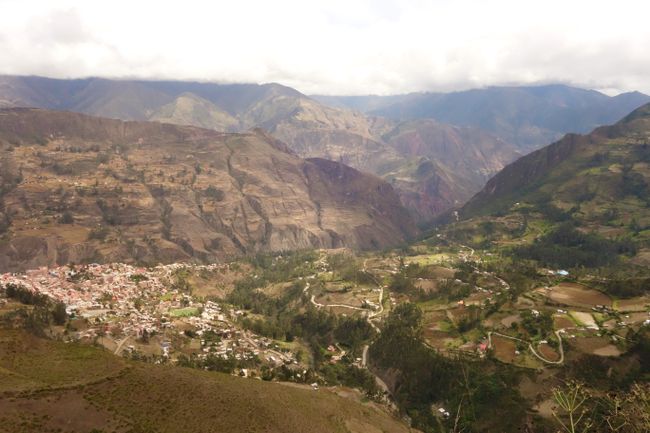
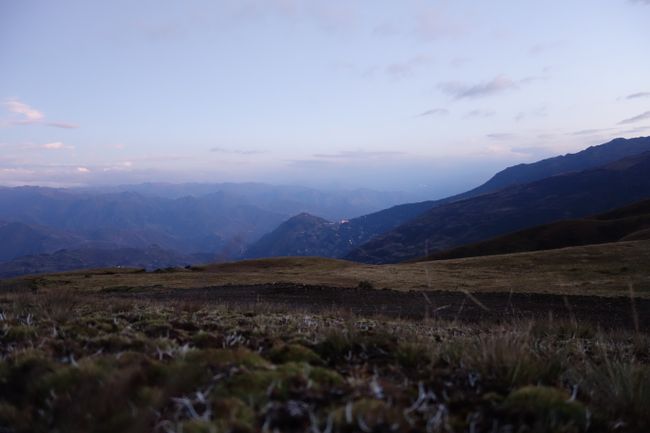
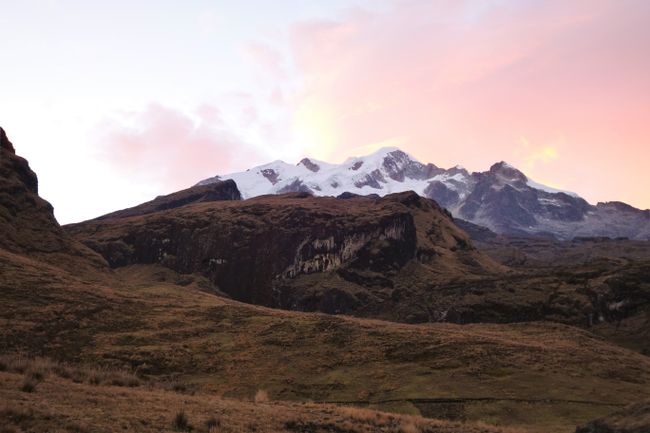
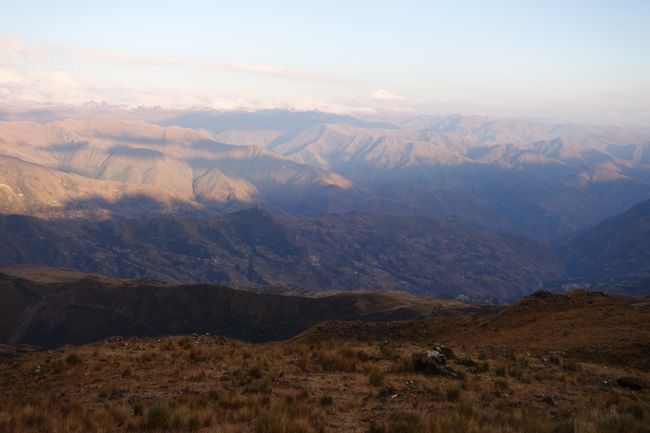
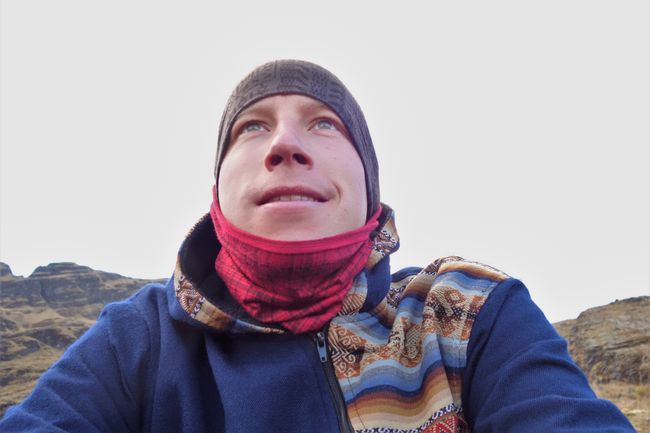
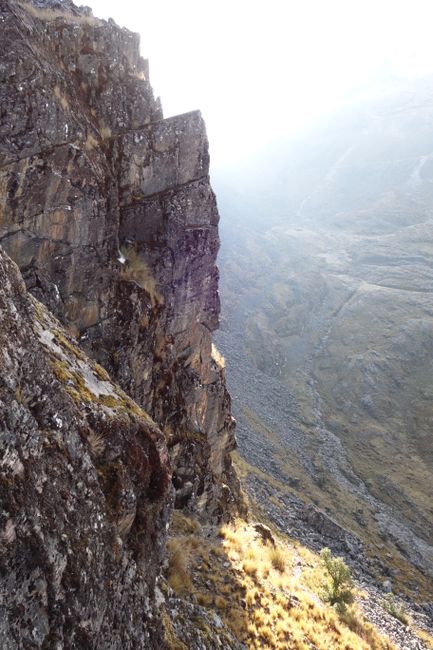
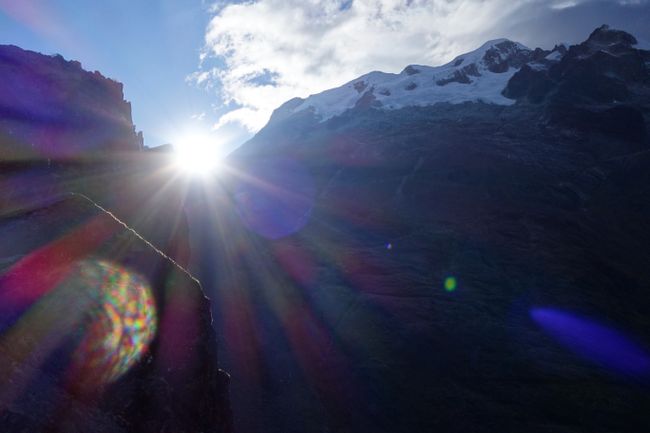
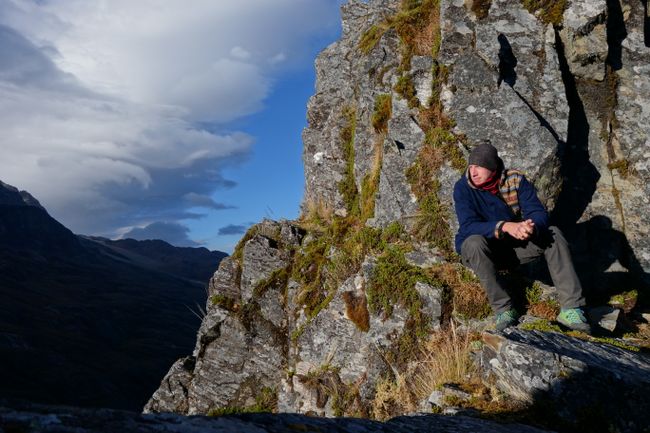
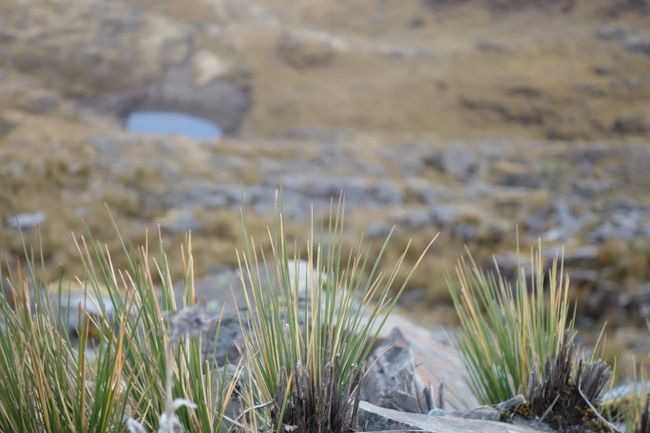
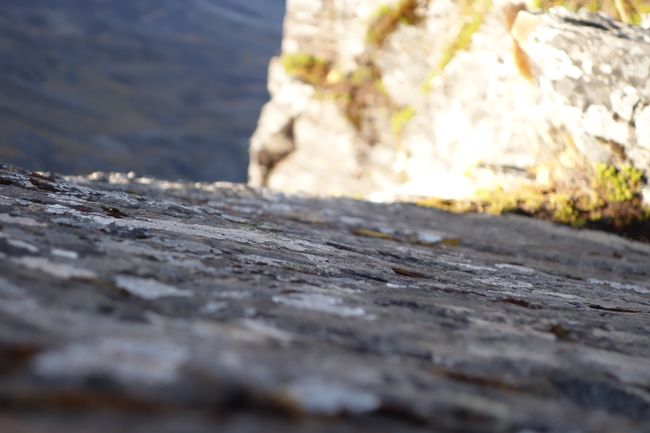
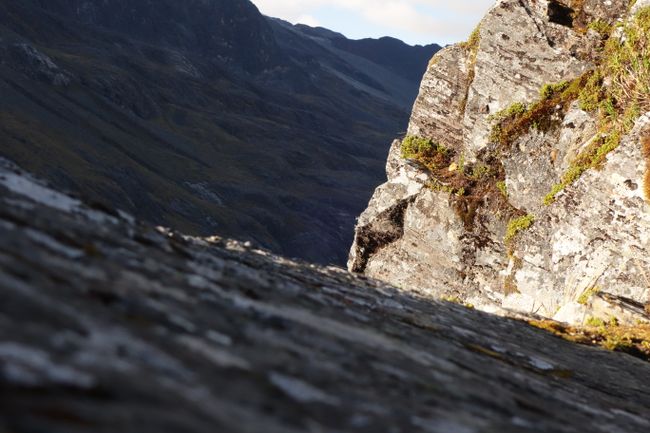
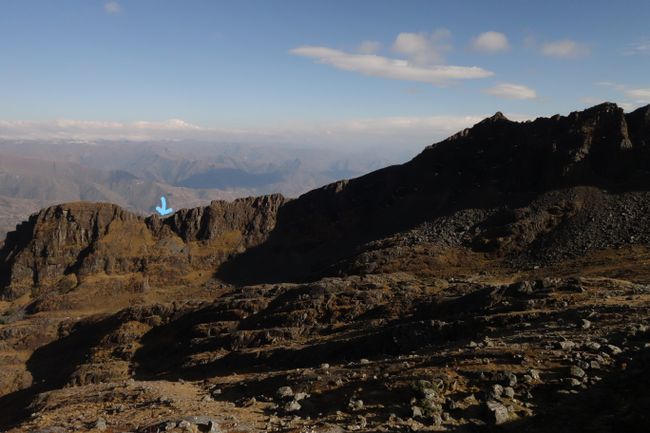
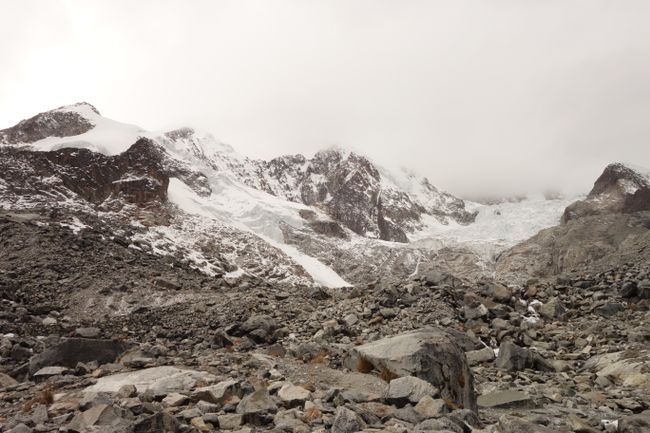
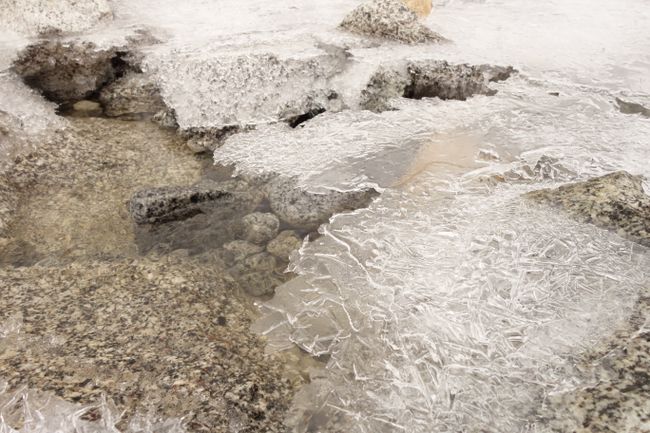
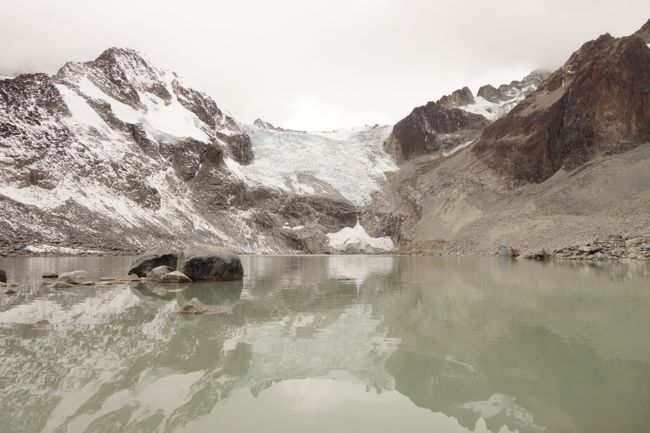
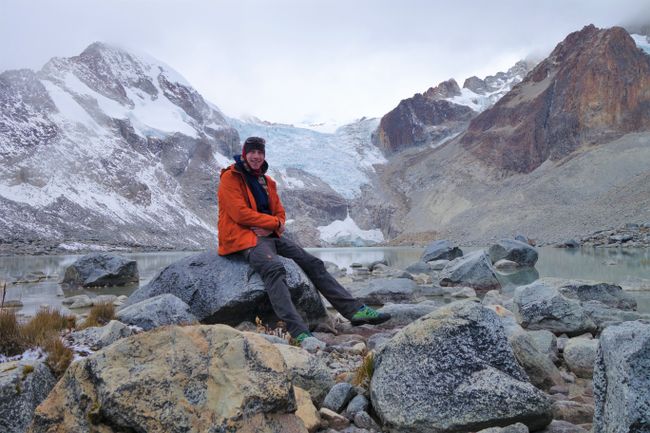
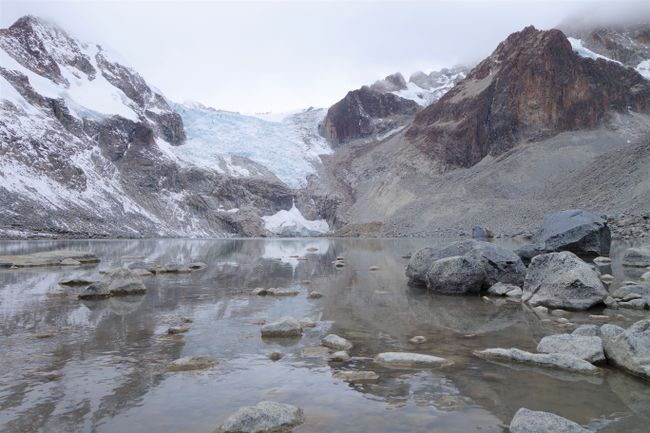
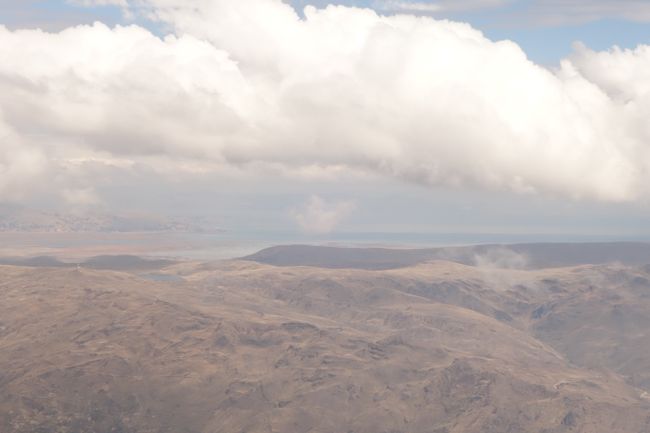
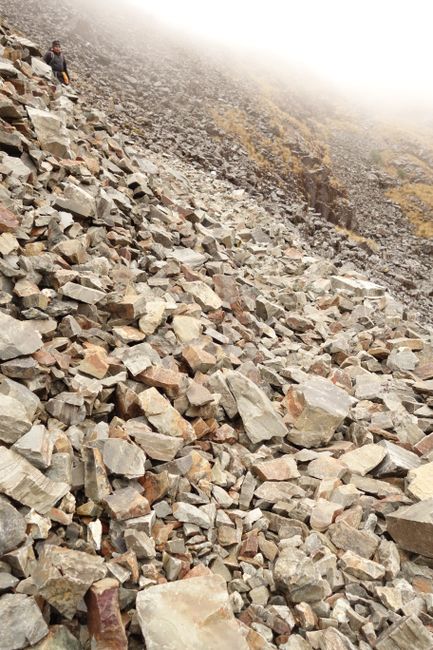
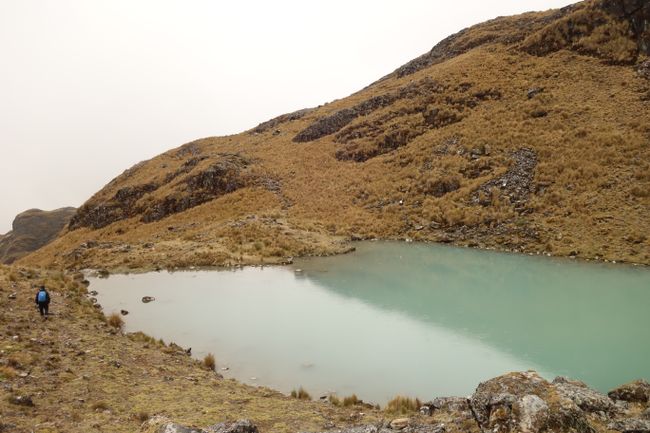
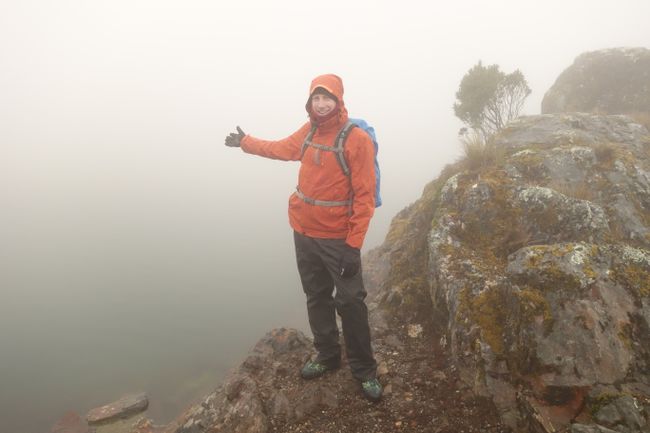
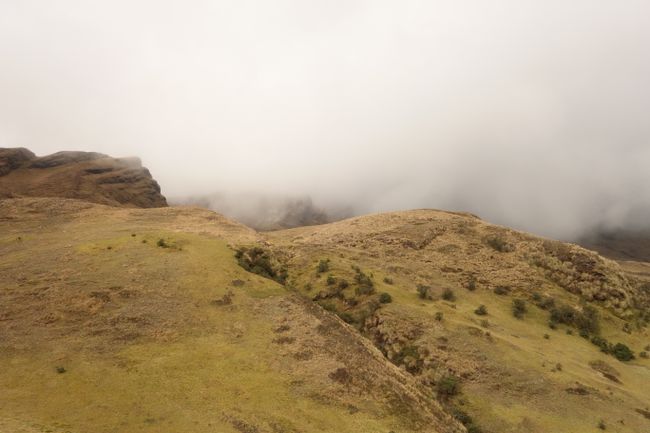
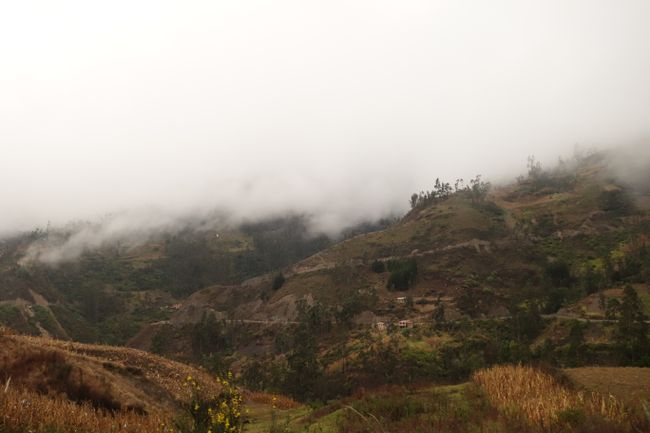
समाचार पत्रिका के लिए सदस्यता लें

Sorata
From Rurrenabaque there was no real progress. Except for hours on a bus through the jungle. That's why I flew to La Paz, because the bus ride back would have been long and uncomfortable. Since I had already packed my backpack, I went from La Paz directly to the northern Yungas to Sorata at 2700m. Three hours by minibus along Lake Titicaca were pleasant despite the lack of leg room. Sorata - advertised as a trekking paradise - doesn't have much else to offer. No internet, no cafes in town. The only refuge is a cafe run by a Swiss person in the middle of a farm with ducks, chickens, dogs, and rabbits. Homemade bread and cake as well. Since there were no tourists in the supposedly high season, I spent two days exploring the surroundings. One day up to the next high mountain Iminapi for a nice view of Illampu. The next day down to the river and a walk along the riverbed. Even two days later, no more hikers arrived to start a tour to the lagoons. So on the third day, I started alone with a guide for acclimatization to Abre Illampu at 4800m and then the next day tackled Laguna Chillata at 4200m and Laguna Glaciar at 5500m.

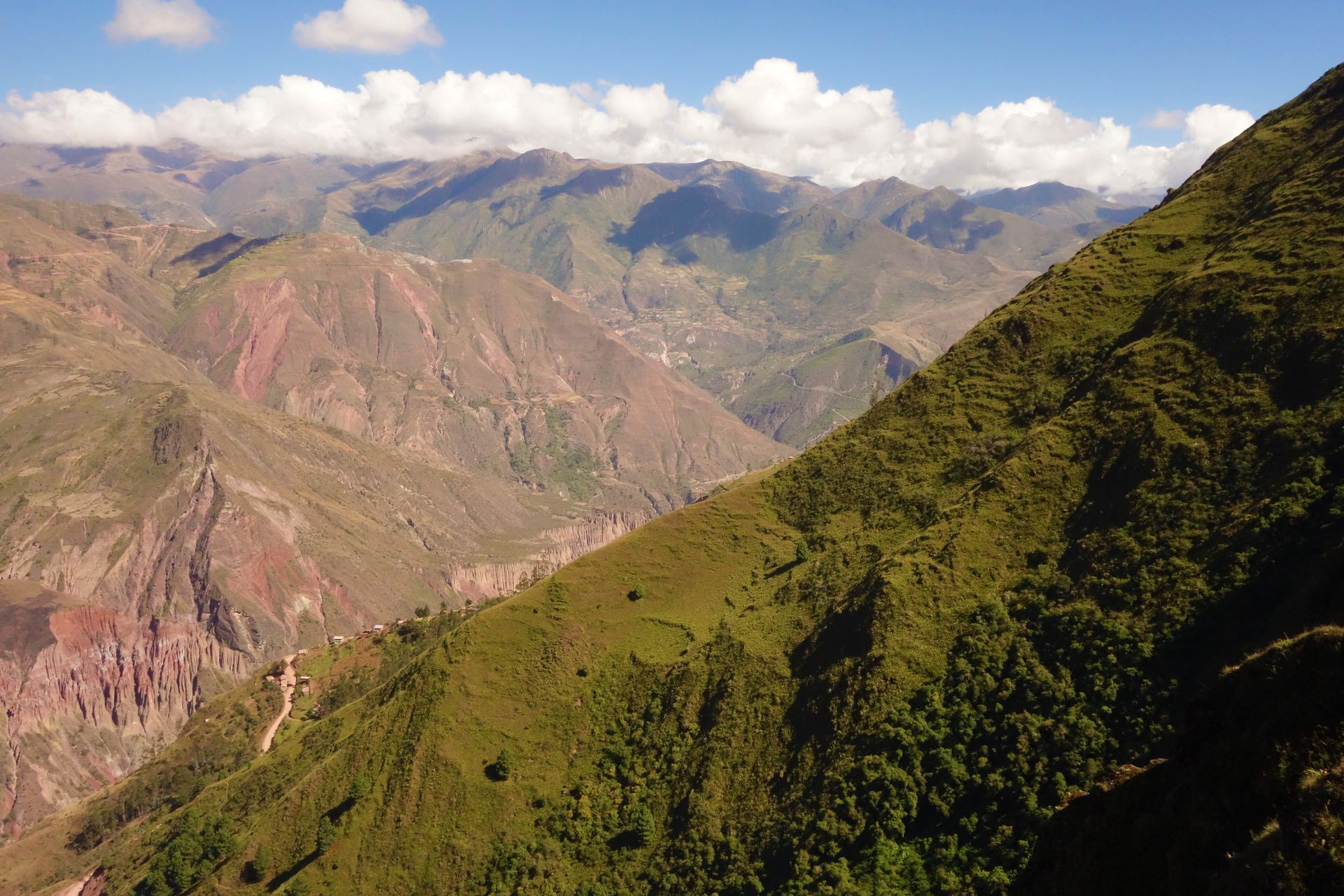





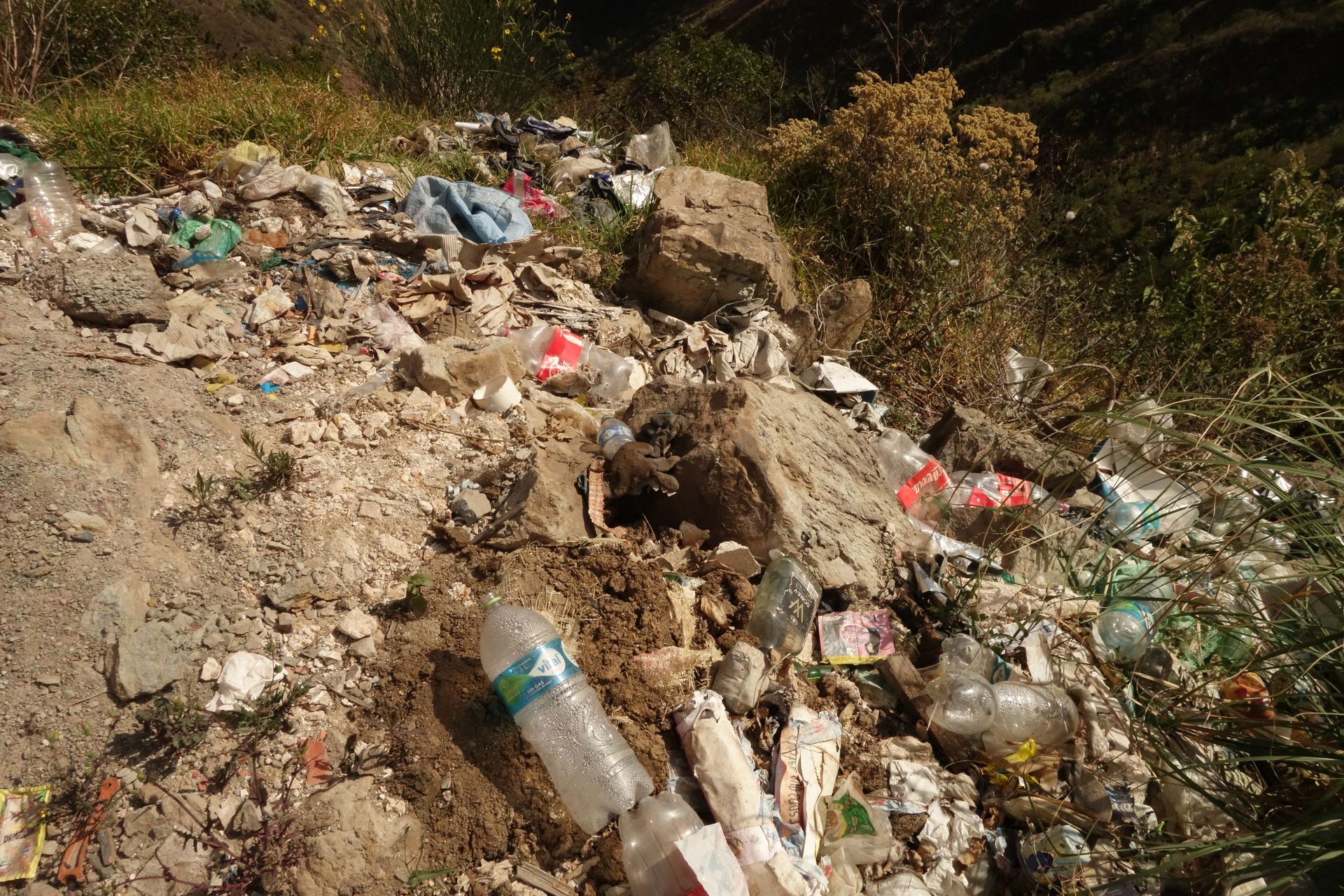




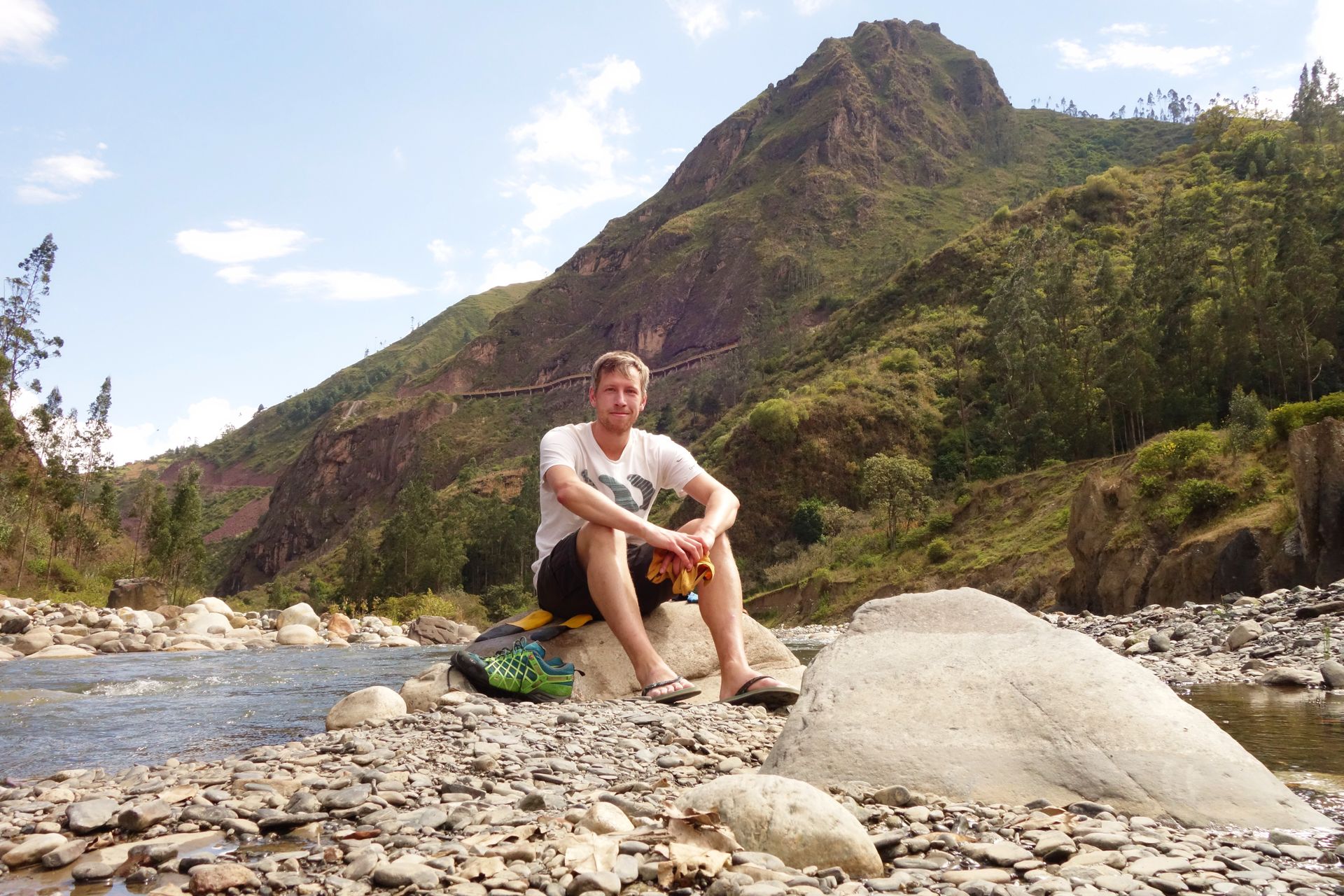
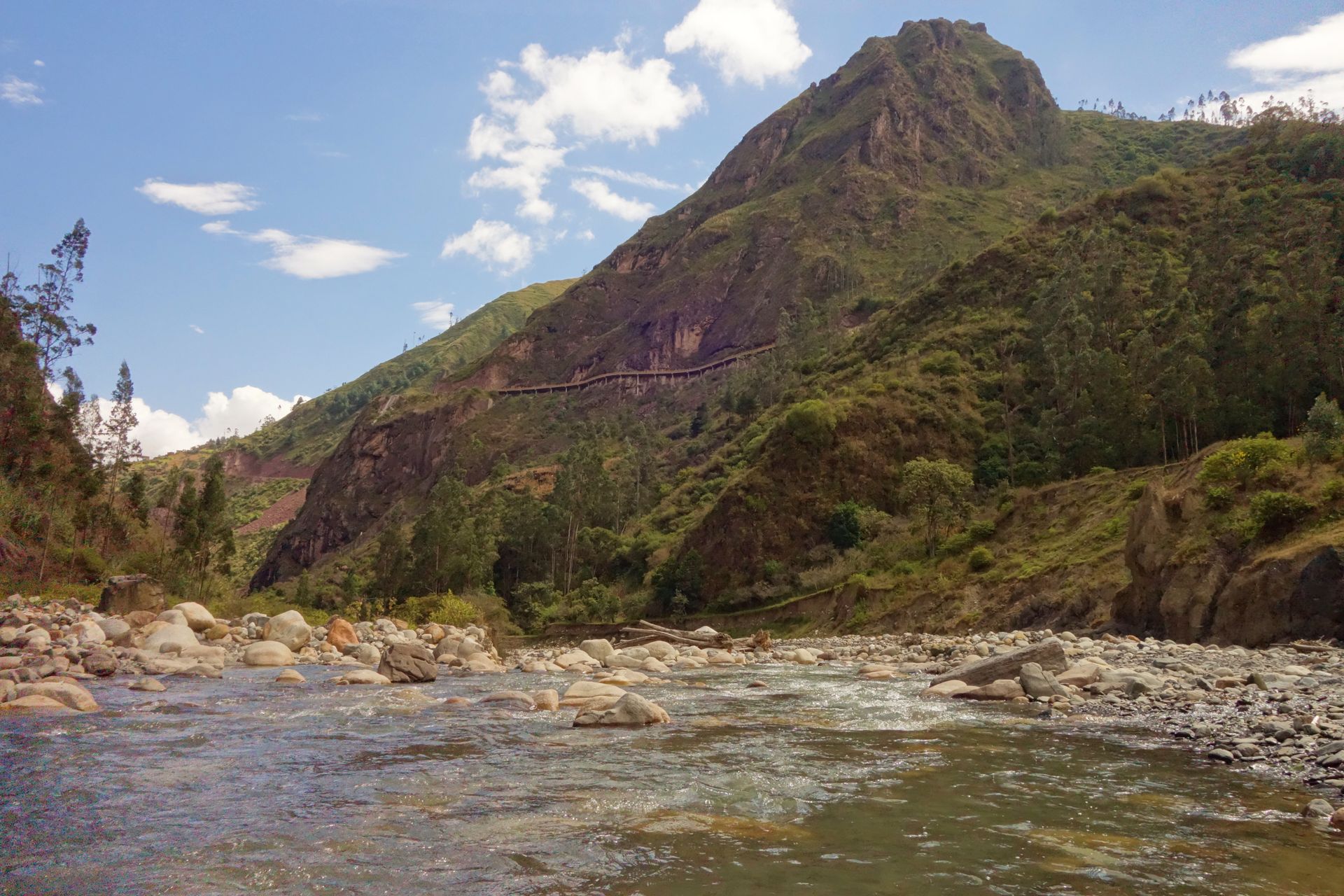

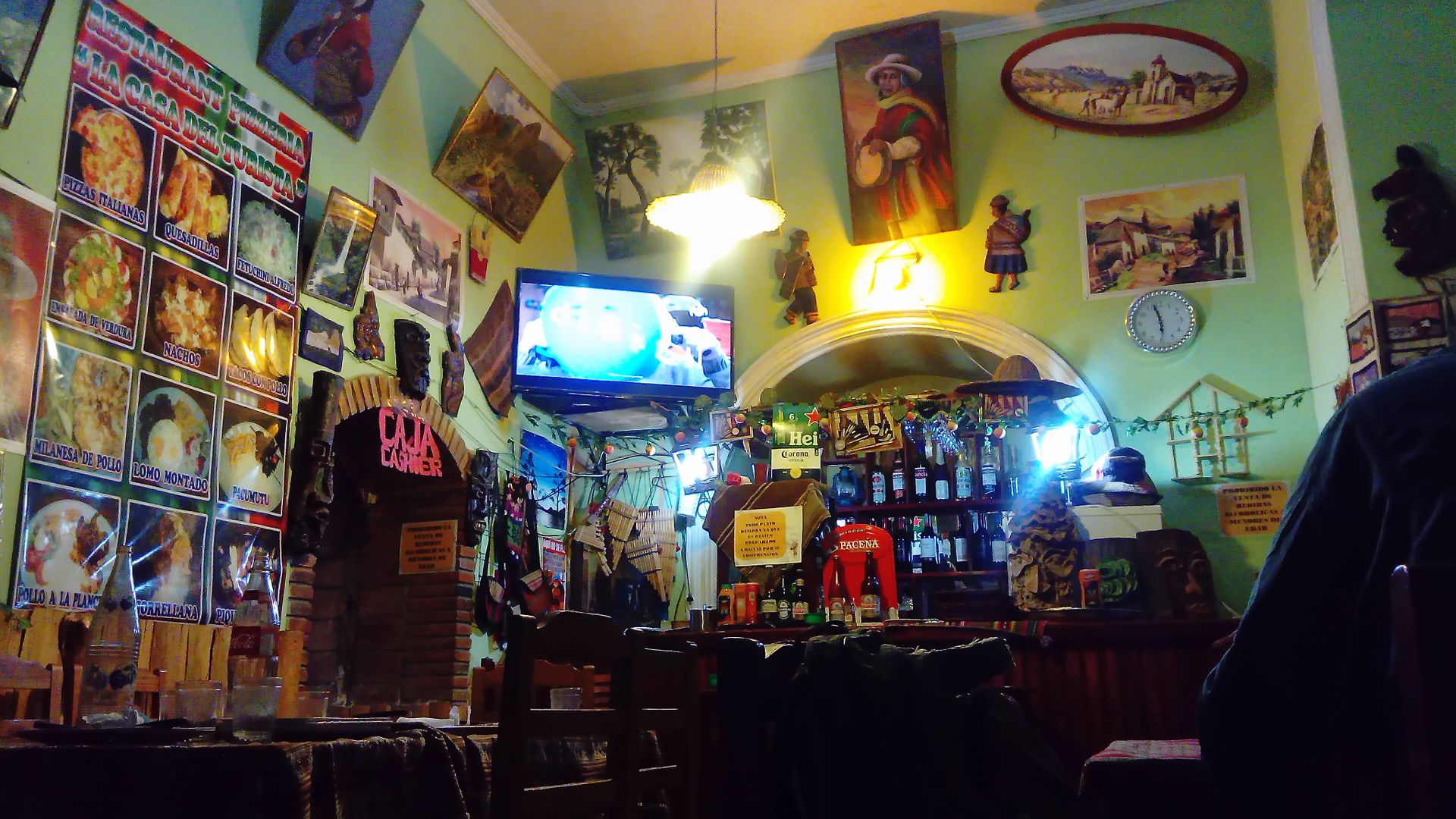
The first day started quite relaxed at 7:30 a.m. One hour car ride to the starting point of the tour at around 3900m. Then it went pretty quickly with guide Roberto up, where he also lives with about 44 families in the village. As children, he and his brother Felix walked 2 hours to school in Sorata every day and 4 hours back (1000 meters in altitude each)! There was no road back then. To become a guide - like his father - was their goal. We wanted to reach the top before the clouds blocked the view of Illampu. We managed that at half past 11. And at 12 o'clock, there wasn't much of the summit left to see. Then we went back down to Sorata. Illampu is also the symbol of Sorata and one of the most difficult mountains in Bolivia, over 6000m high.
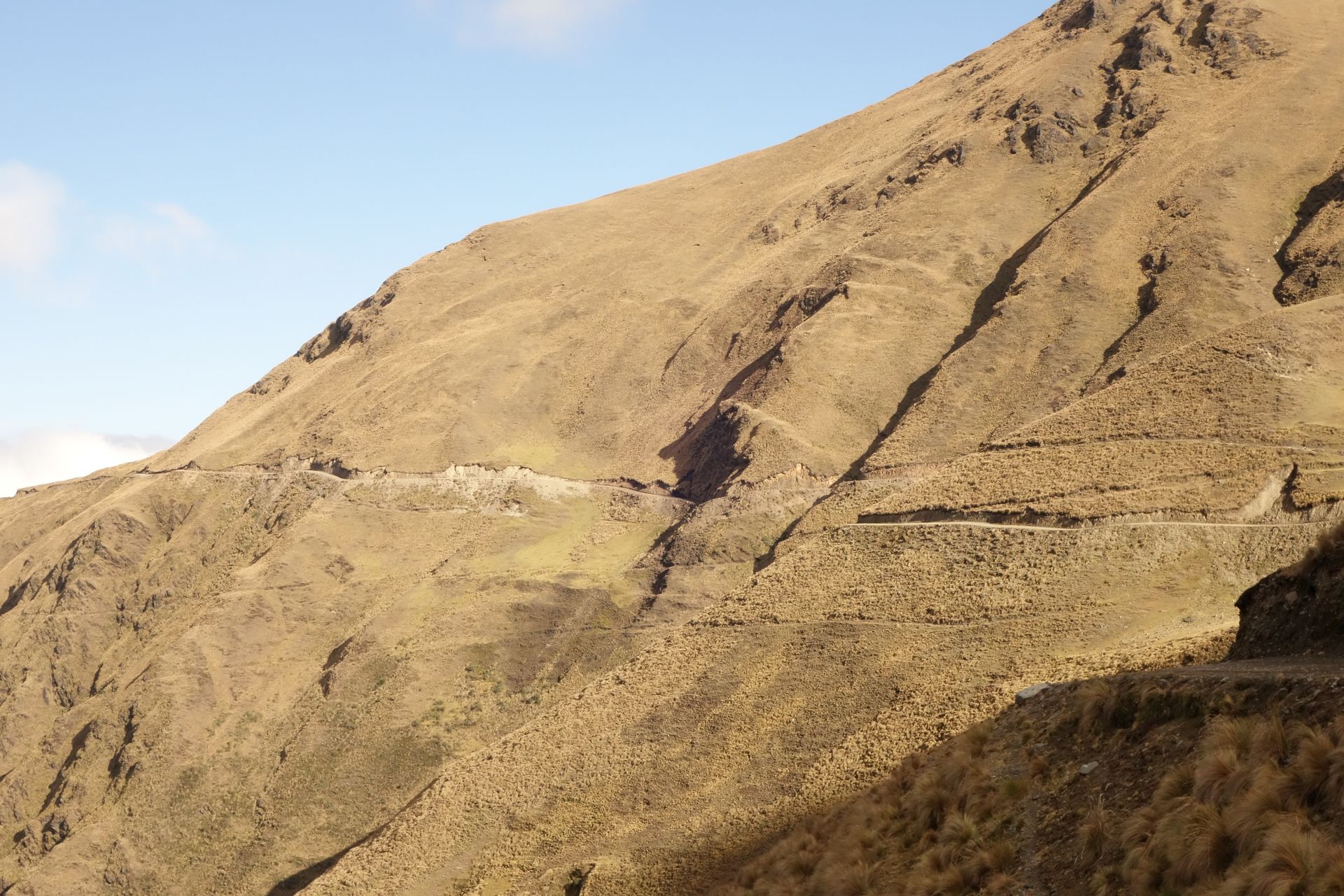
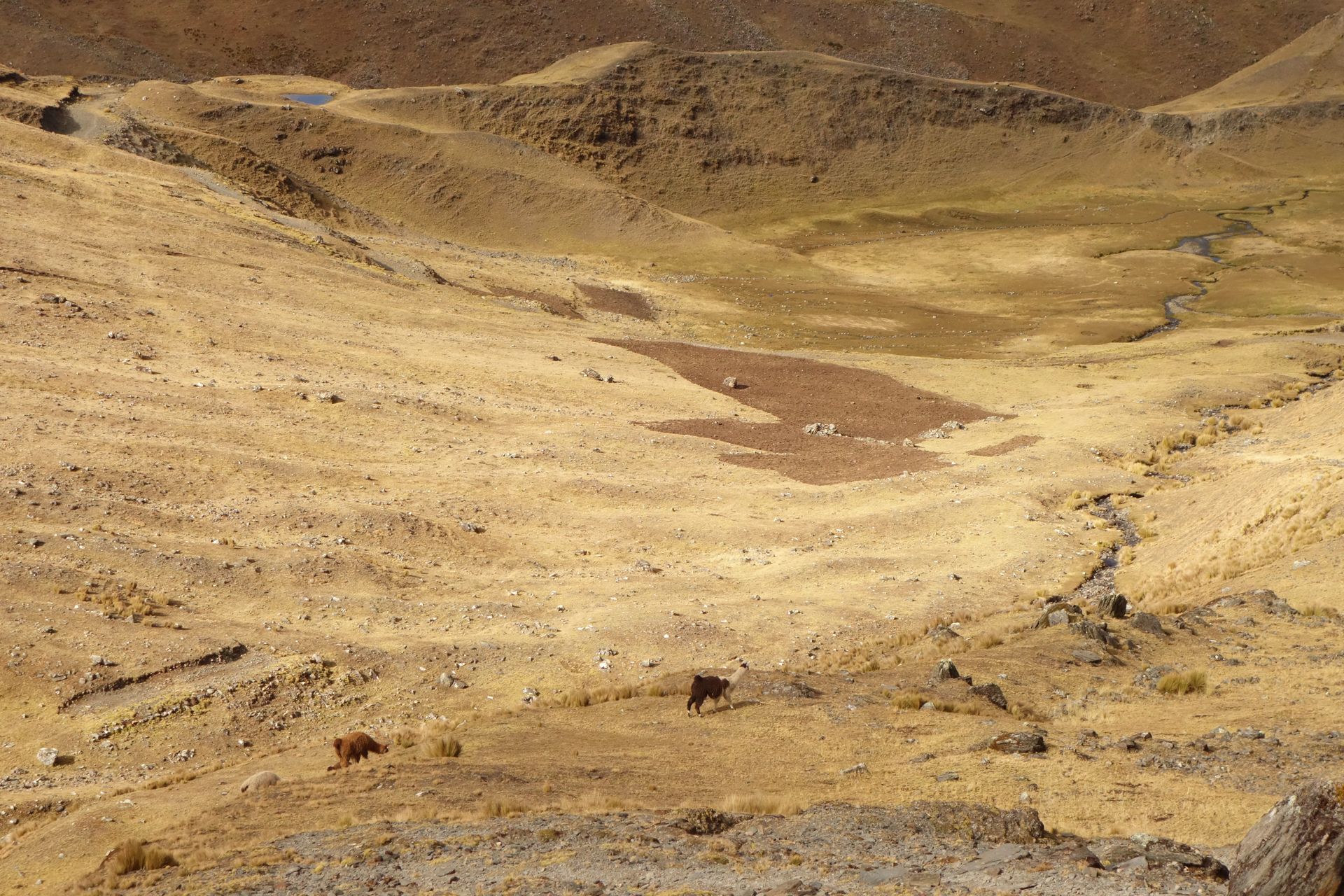





The next day, Felix and I set off at 5:30 a.m. The tour was much longer. We needed a car to get to the starting point near Laguna Chillata. On the way we picked up his father. At first, I thought he also wanted to give it a go in his old age. He probably would have kept up with me. But then he 'only' guarded the car all day and waited for us to come back! Originally, I wanted to hike in 3 days. So on the first day from Sorata to Laguna Chillata, on the second day up to Laguna Glaciar, on the third day back to Sorata. But alone, that was too boring. So we set off in the early dawn. Even here, the goal was to be at the lagoon before 12 o'clock. The lagoon was basically on the opposite side of Illampu compared to the previous day. However, the weather didn't cooperate that day. The sun only showed itself at 9 o'clock during the first big break. After that, it became more and more overcast and Illampu couldn't be seen anymore. Nevertheless, we reached Laguna Glaciar under fairly good conditions. And despite the clouds, it was still very beautiful. The most important thing was that I made it up there without any problems. That's when I decided to go for Huayna Potosí. The way back was quite unpleasant. Snow, hail, rain, wind - everything was there. But downhill is always fast. And you warm up during the descent as well. So no problem at all. The trip back by car was more problematic. The farmers had once again set up irrigation canals across the roads. So we had to get out and use some stones to continue driving. Later, there were also duck families and construction equipment on the way. That was it with Sorata. The next day, we returned to La Paz in complete fog. The weather hadn't improved.

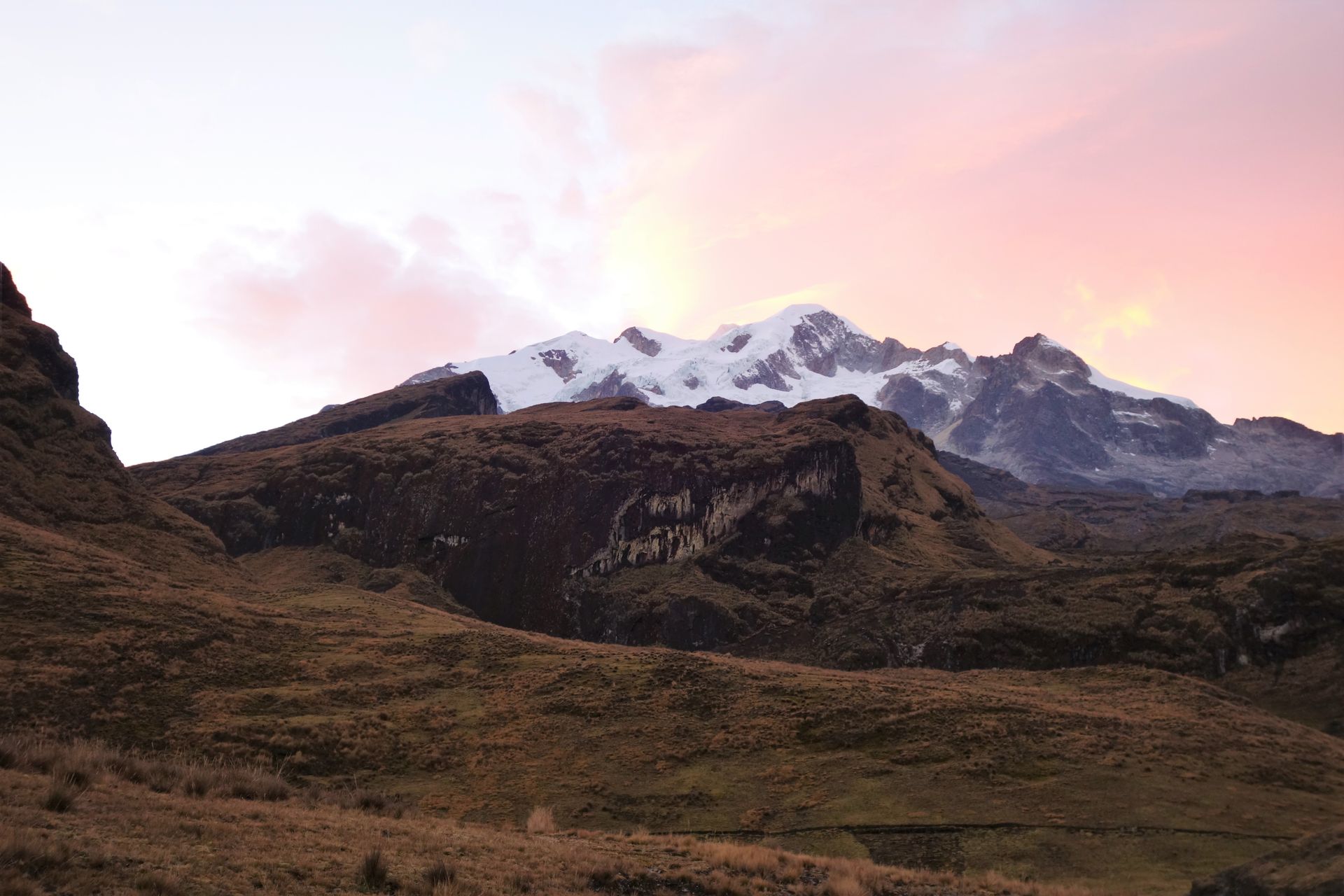




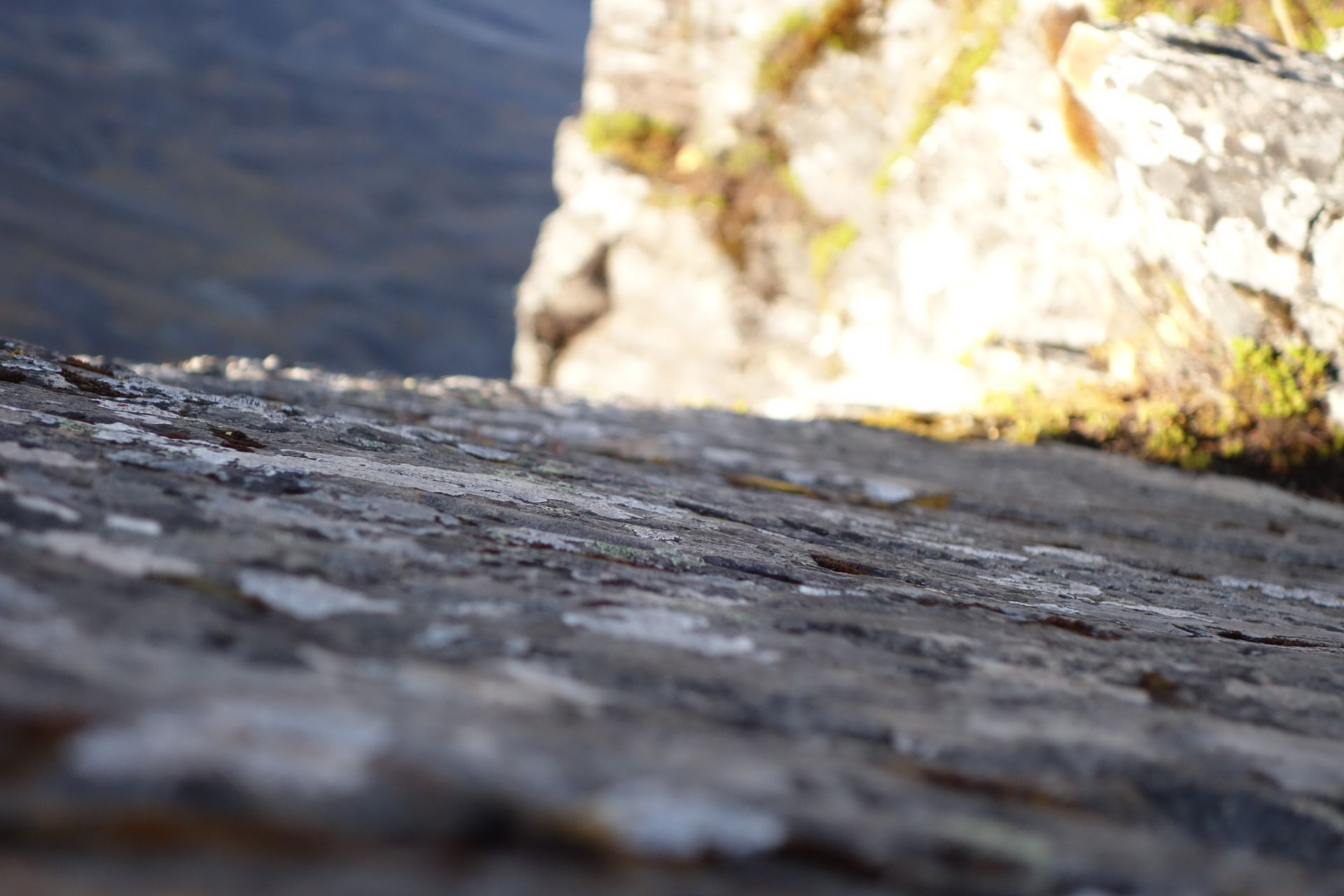


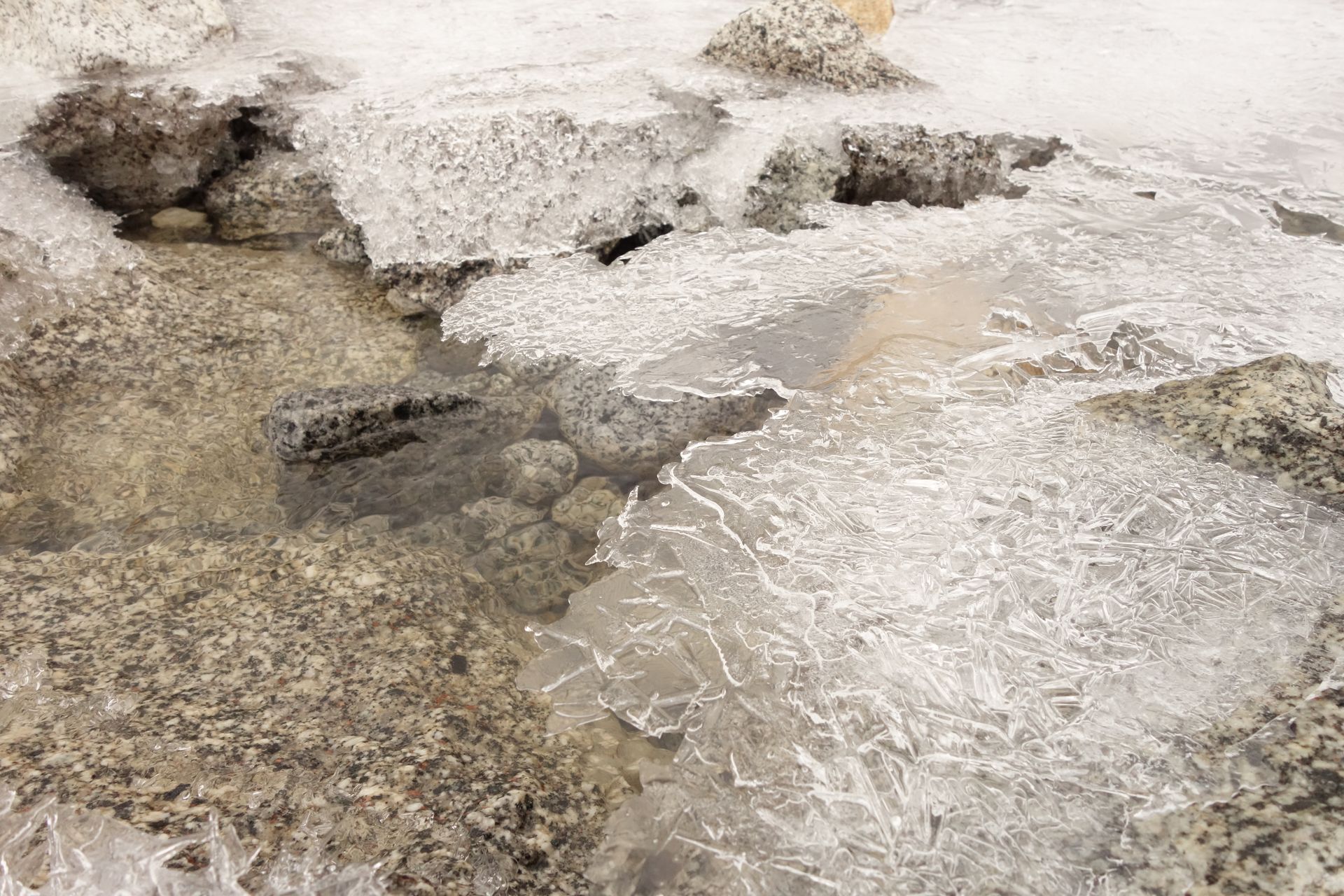

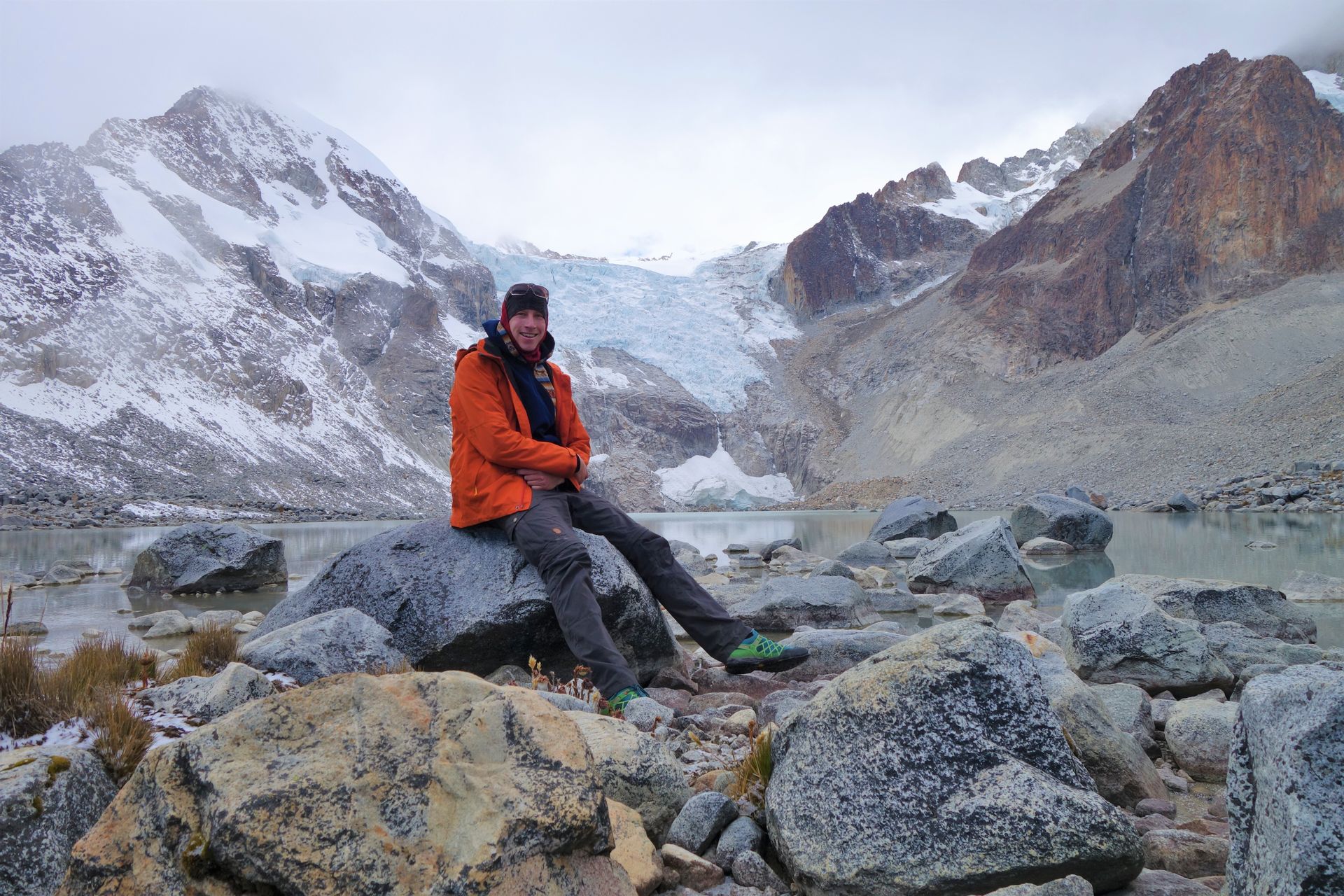
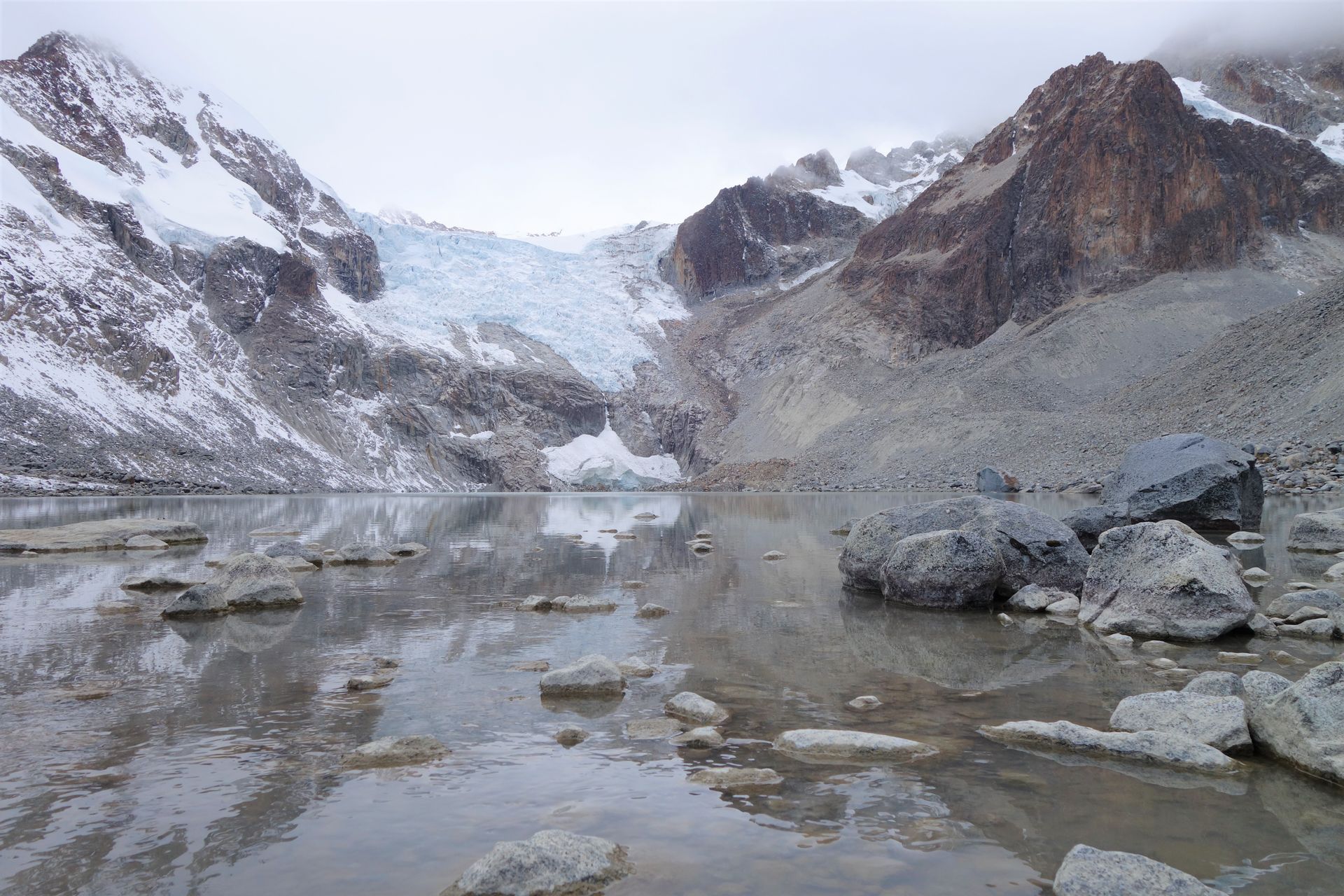
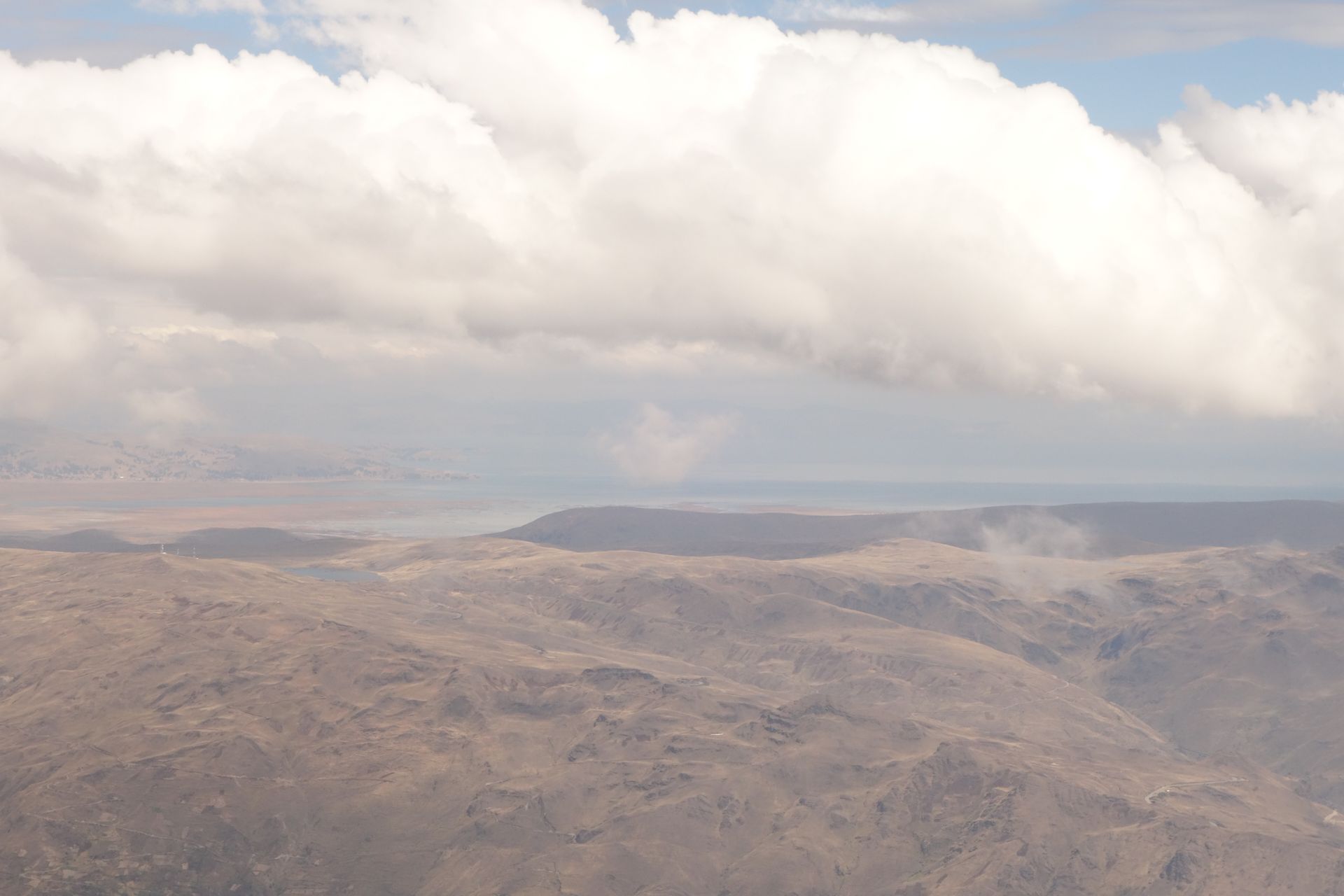

समाचार पत्रिका के लिए सदस्यता लें
उत्तर

यात्रा रिपोर्ट बोलीविया
